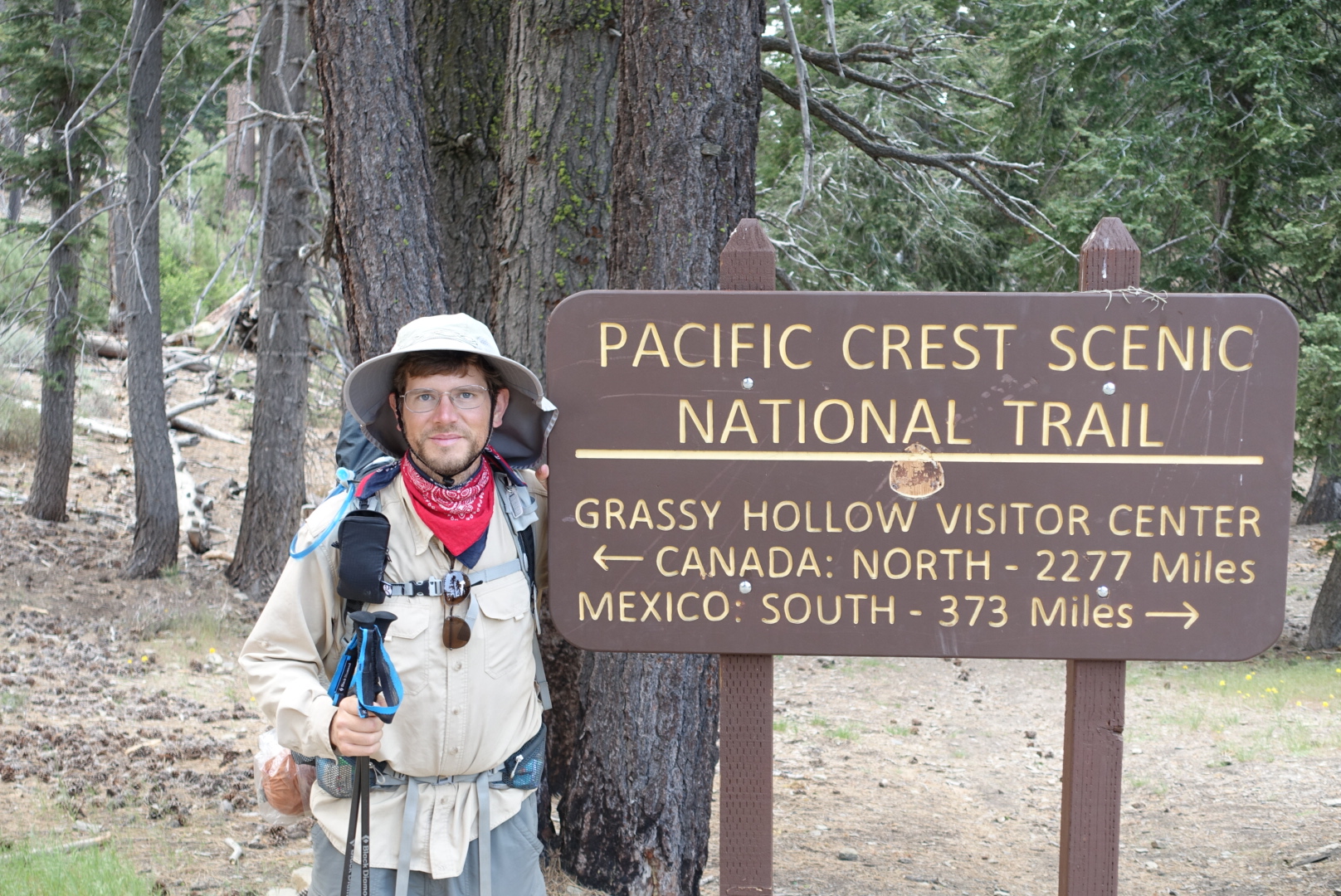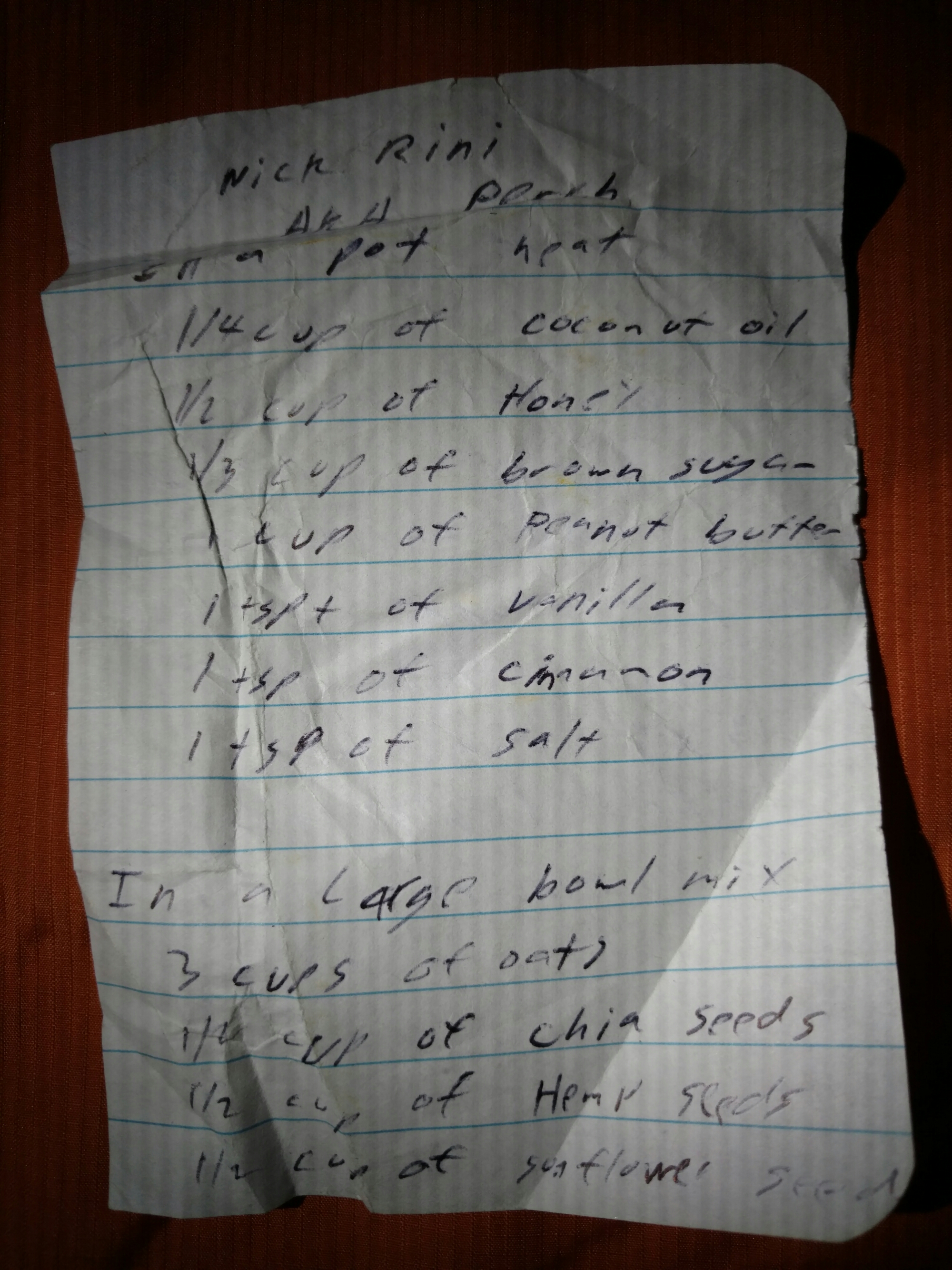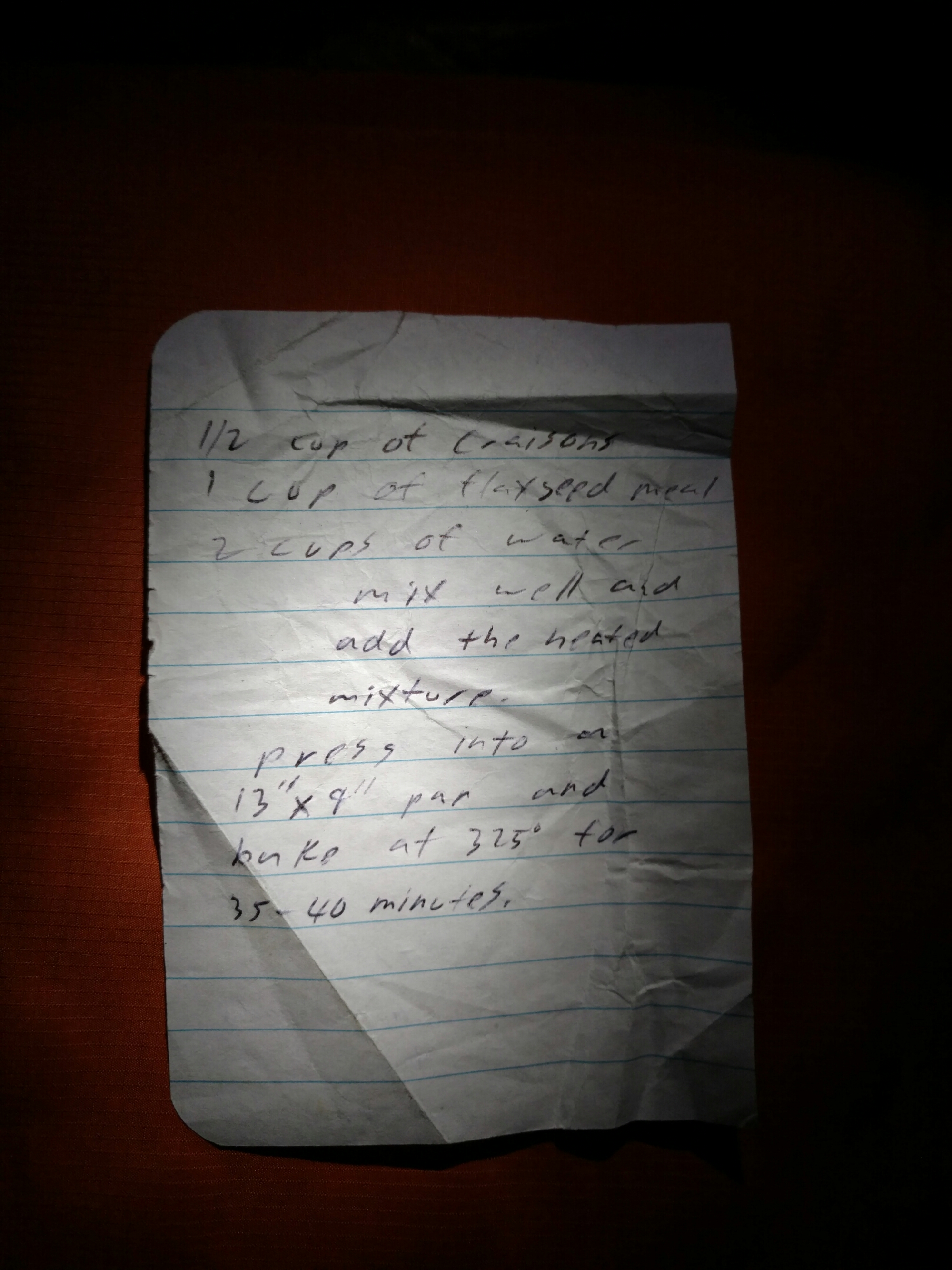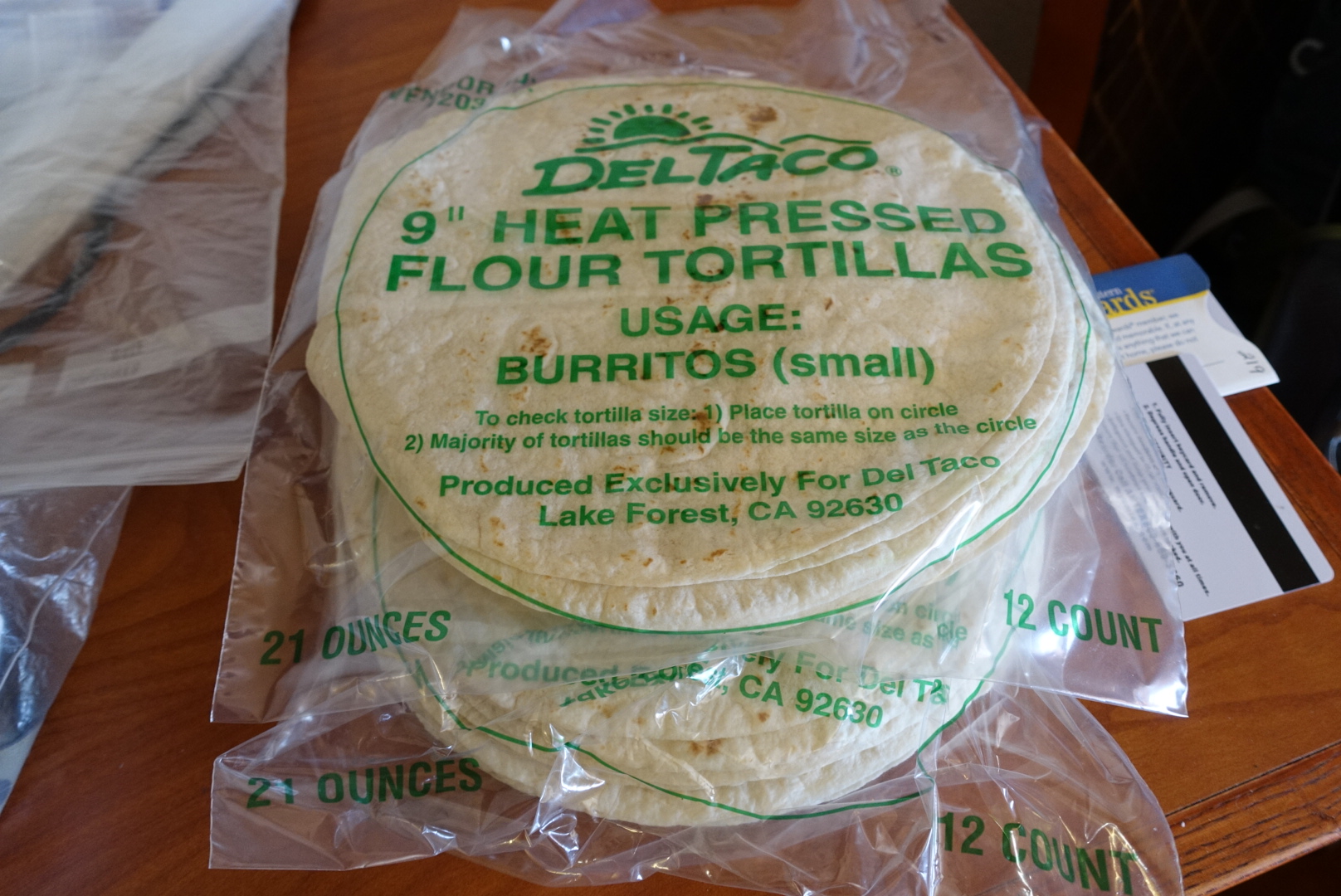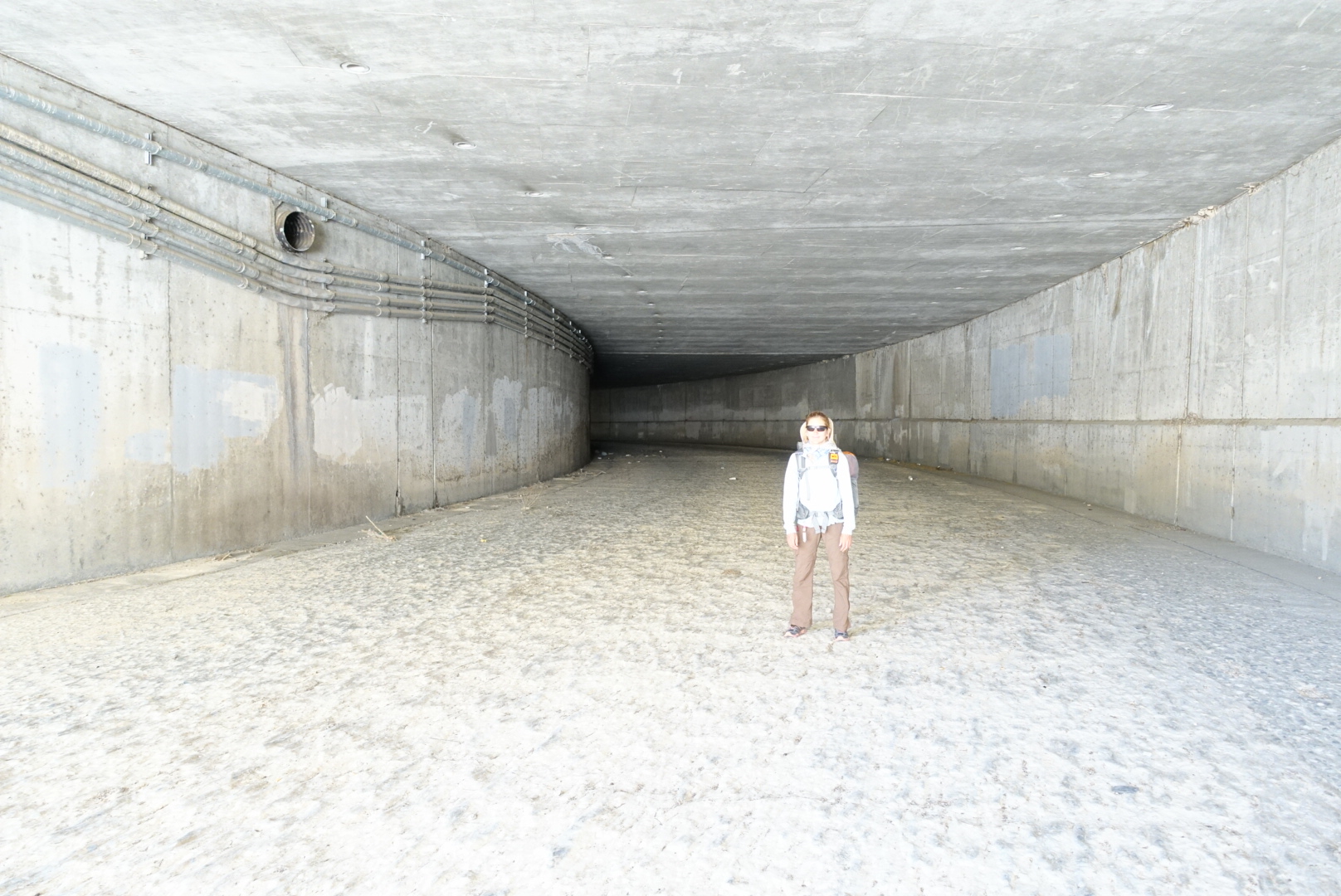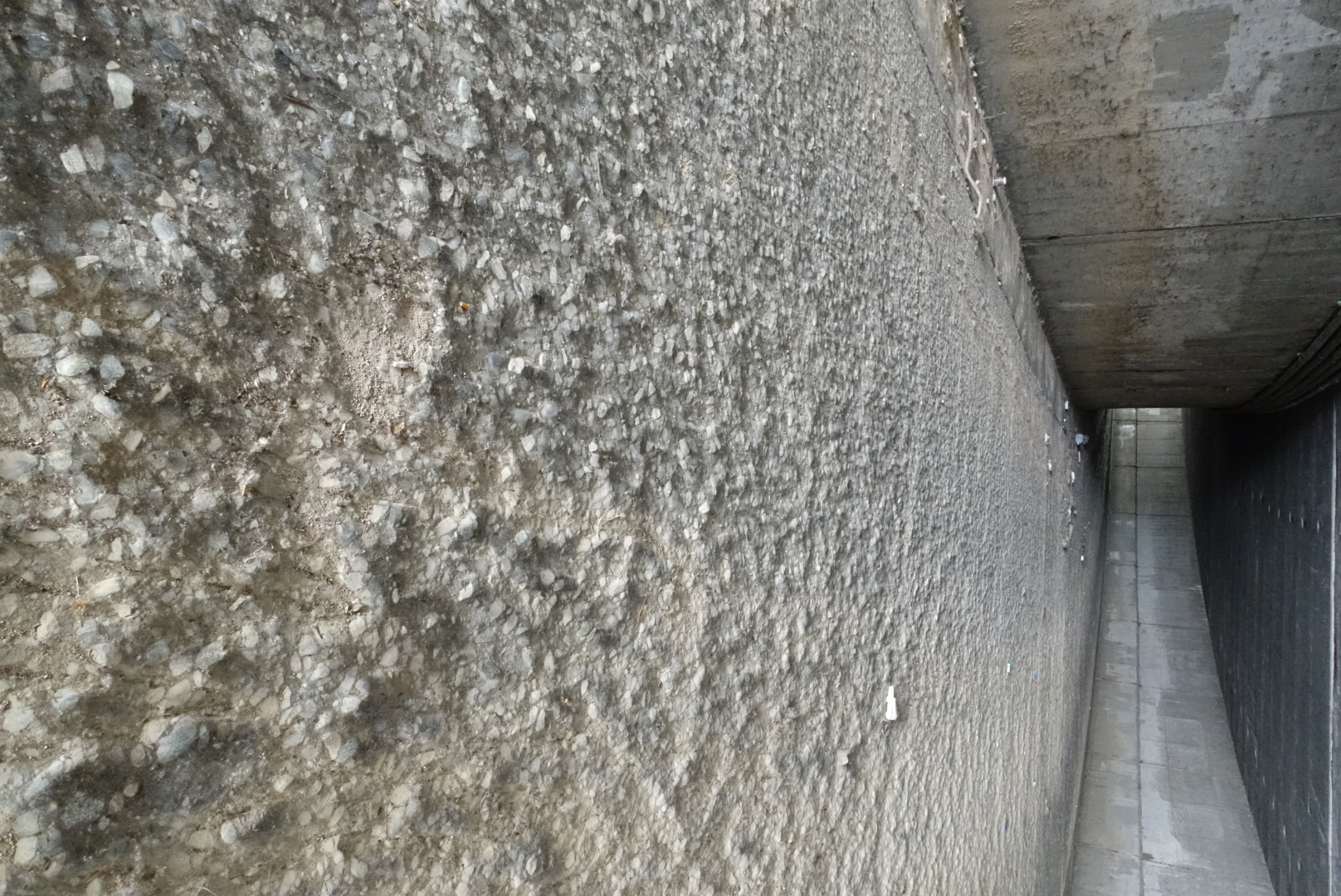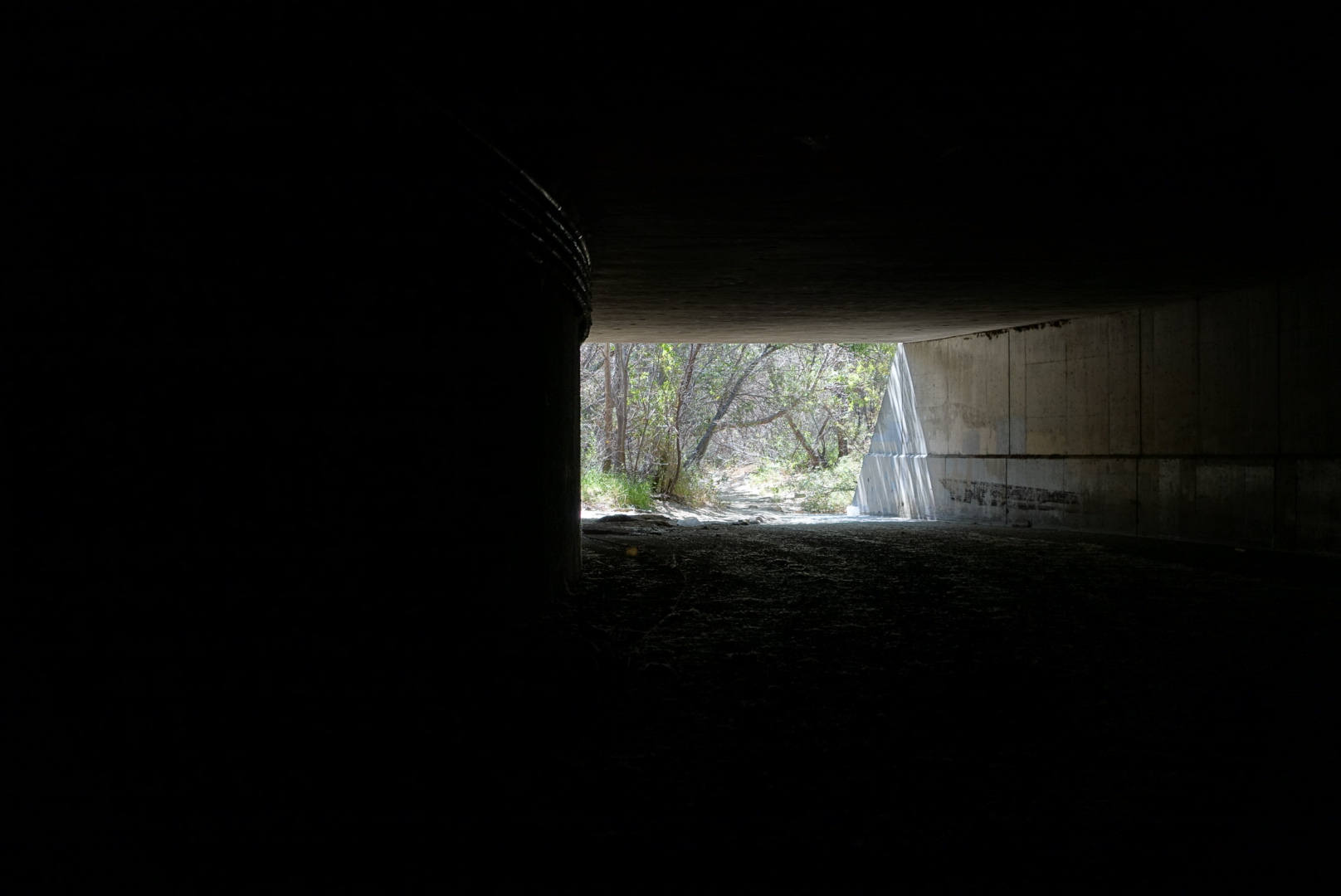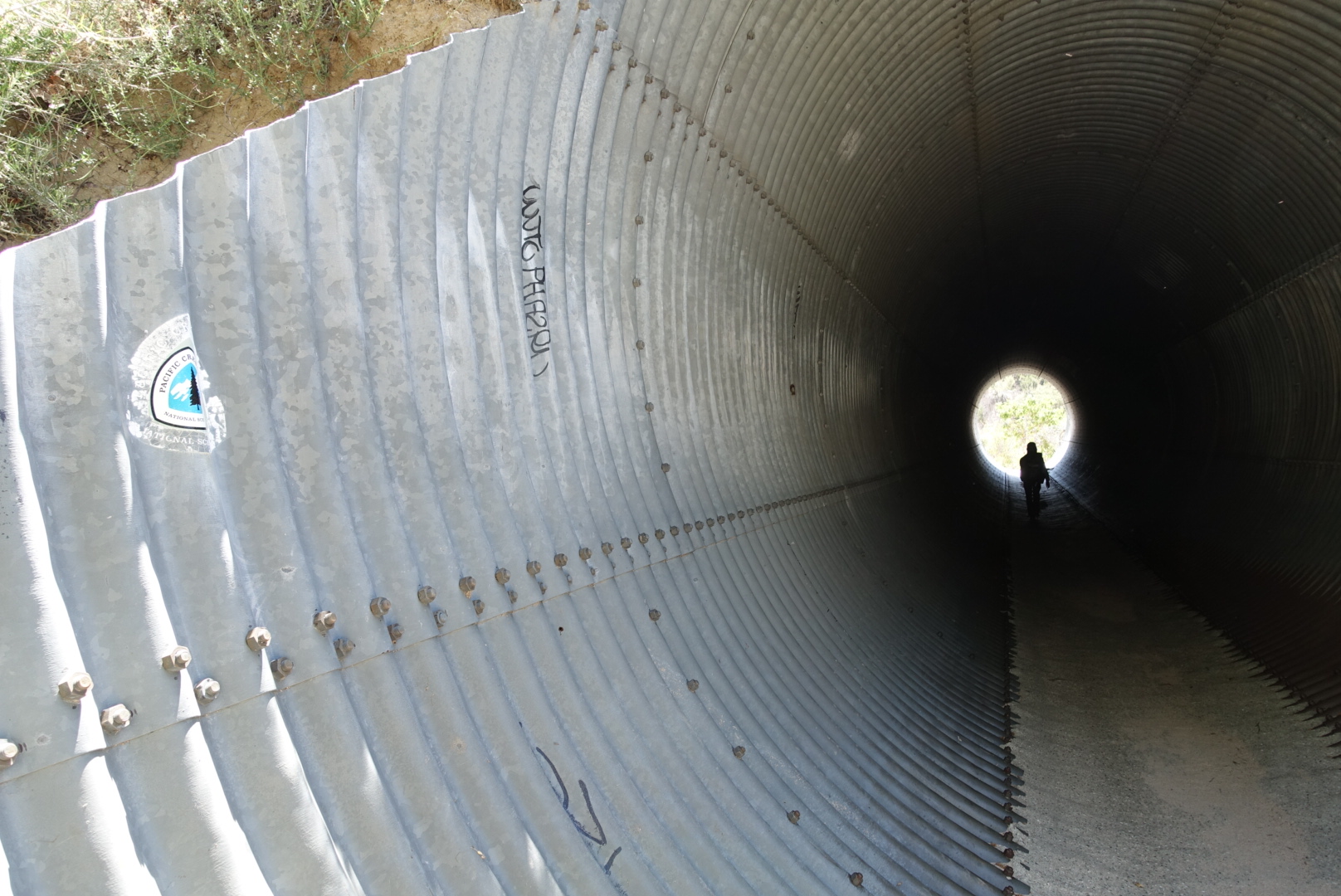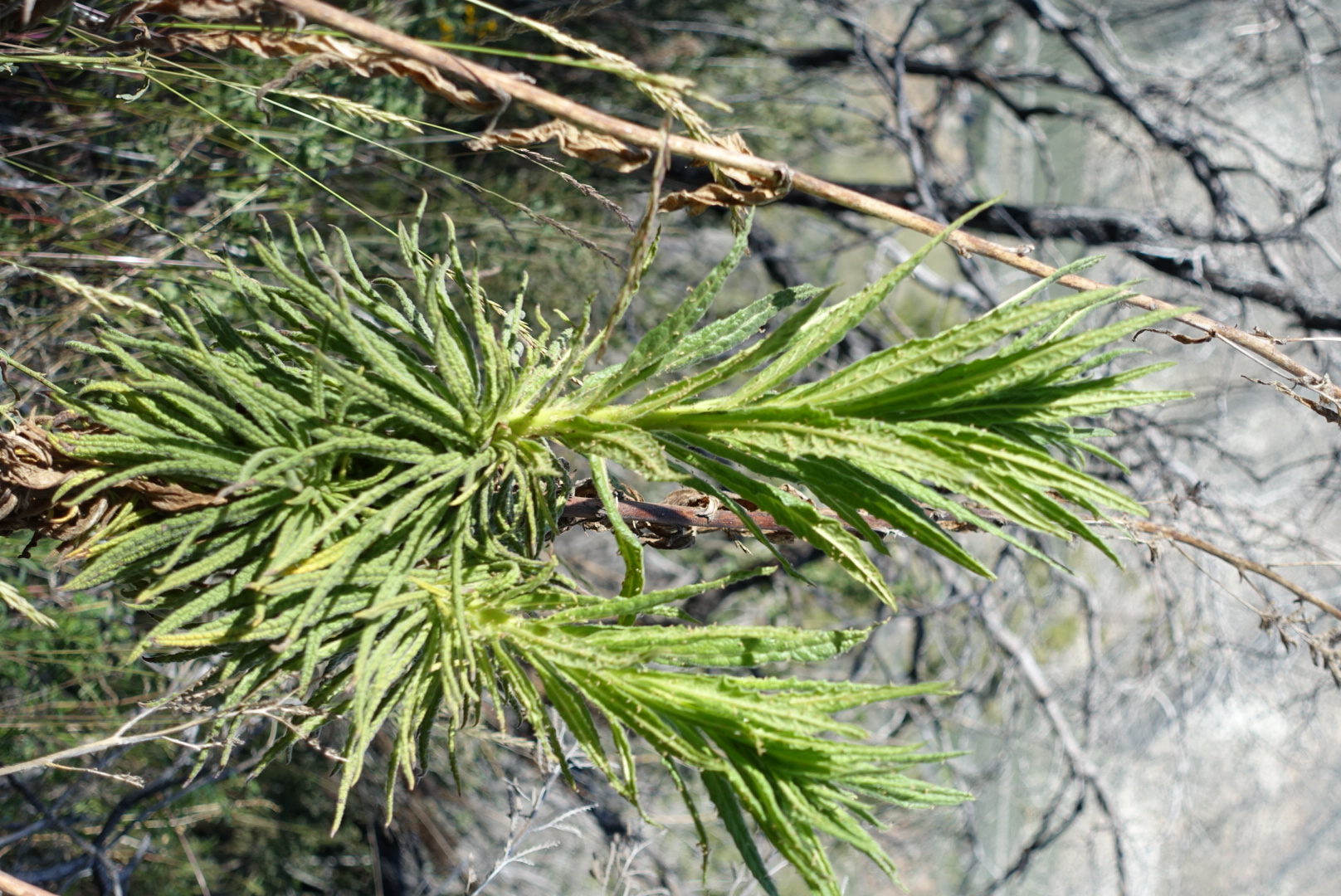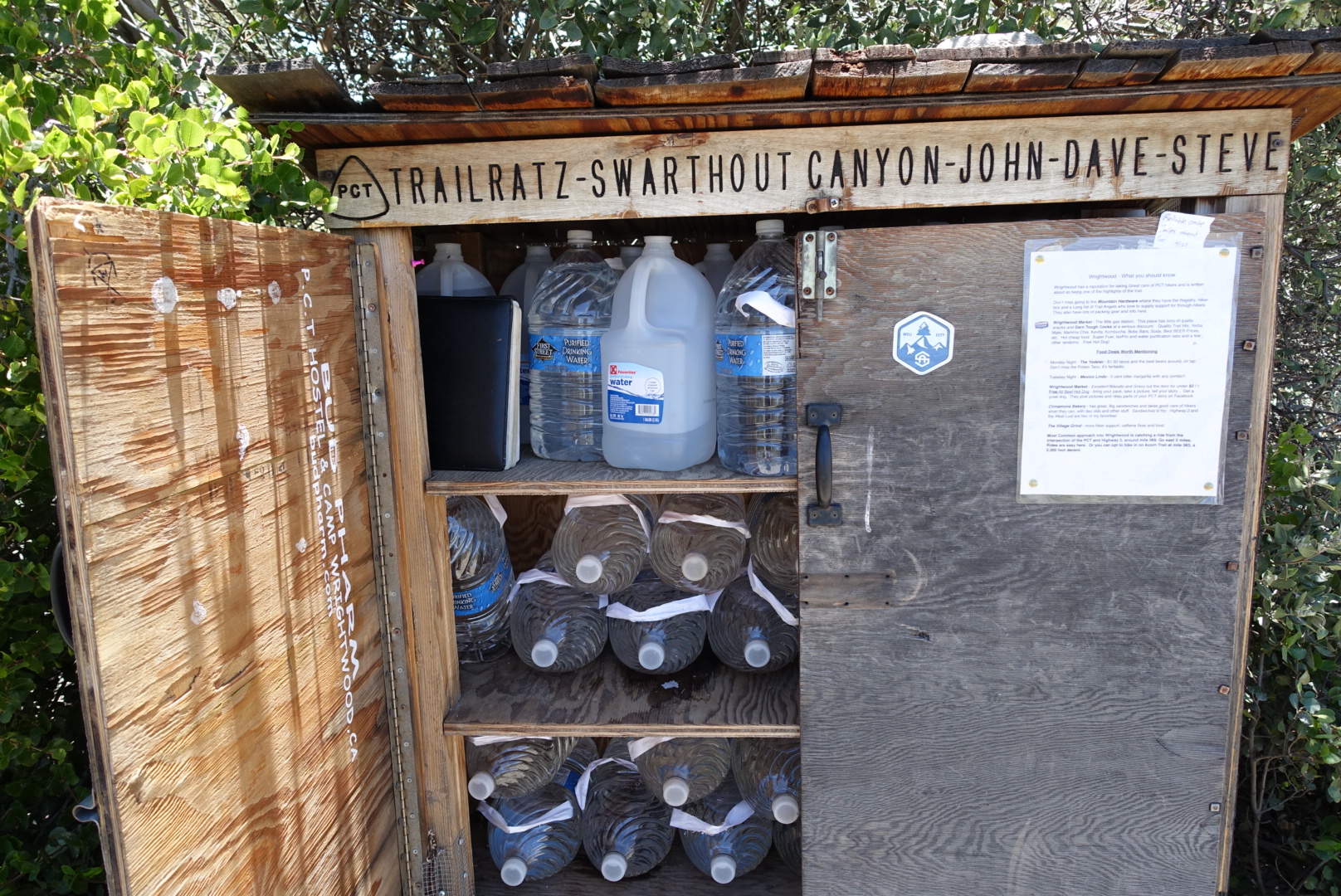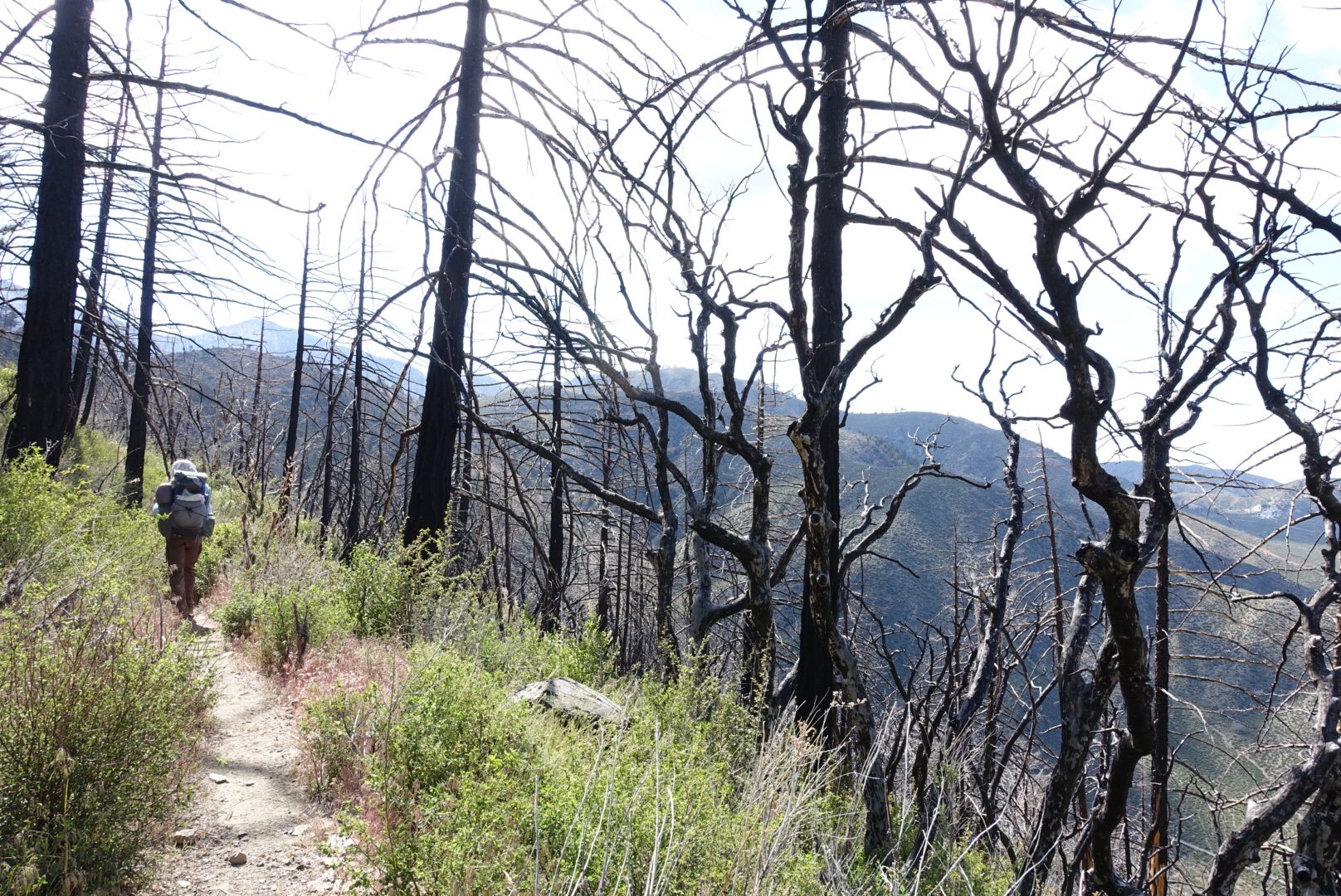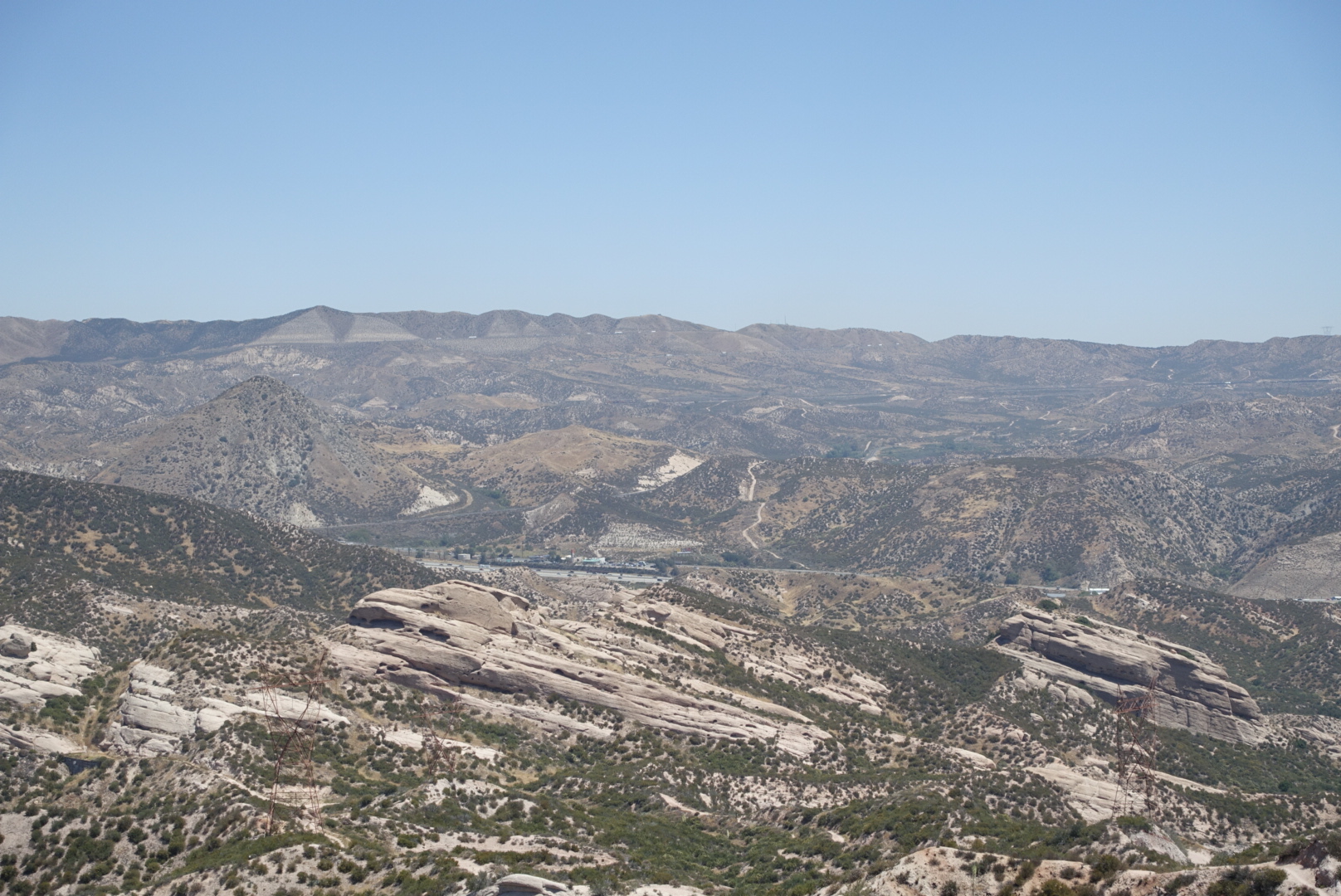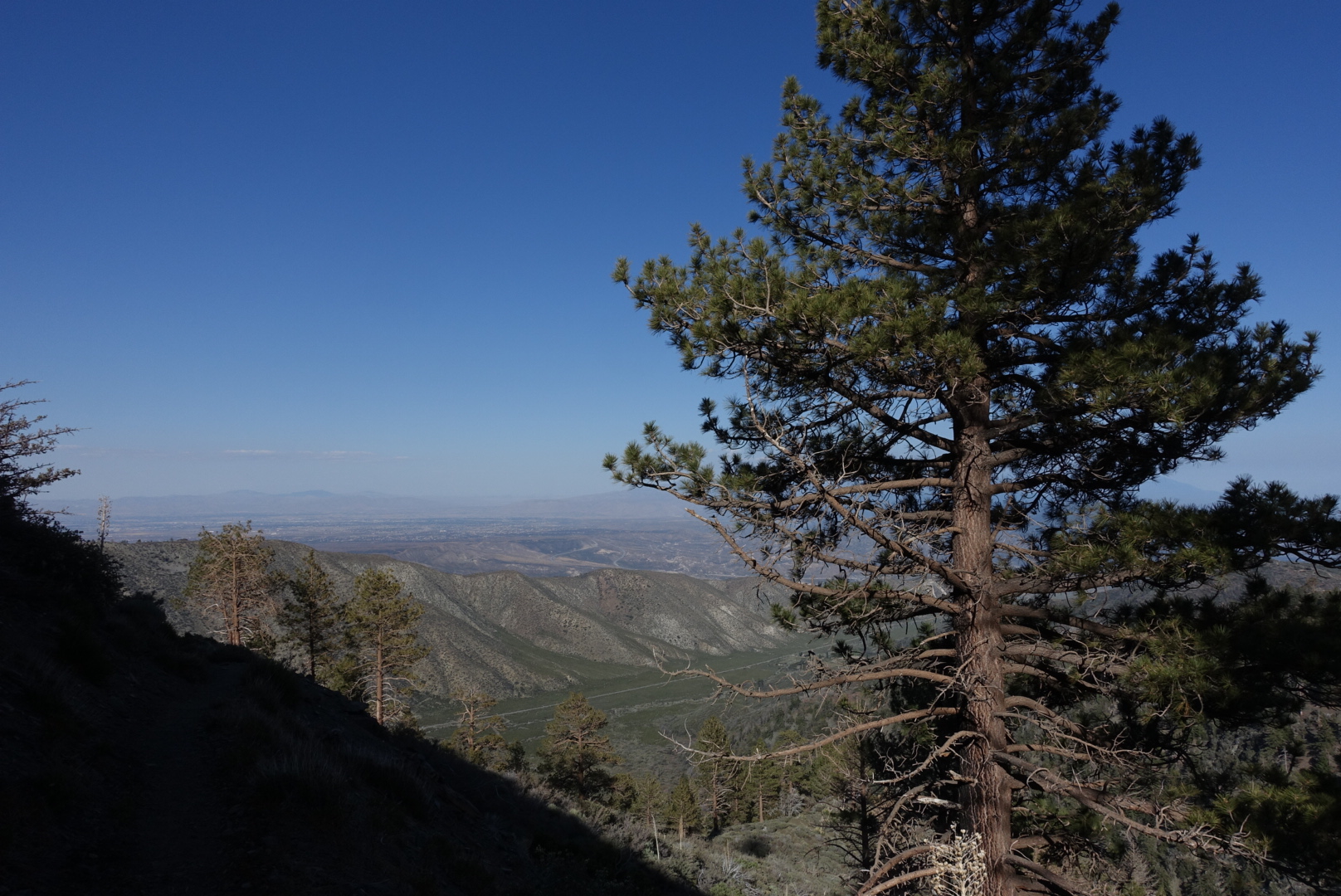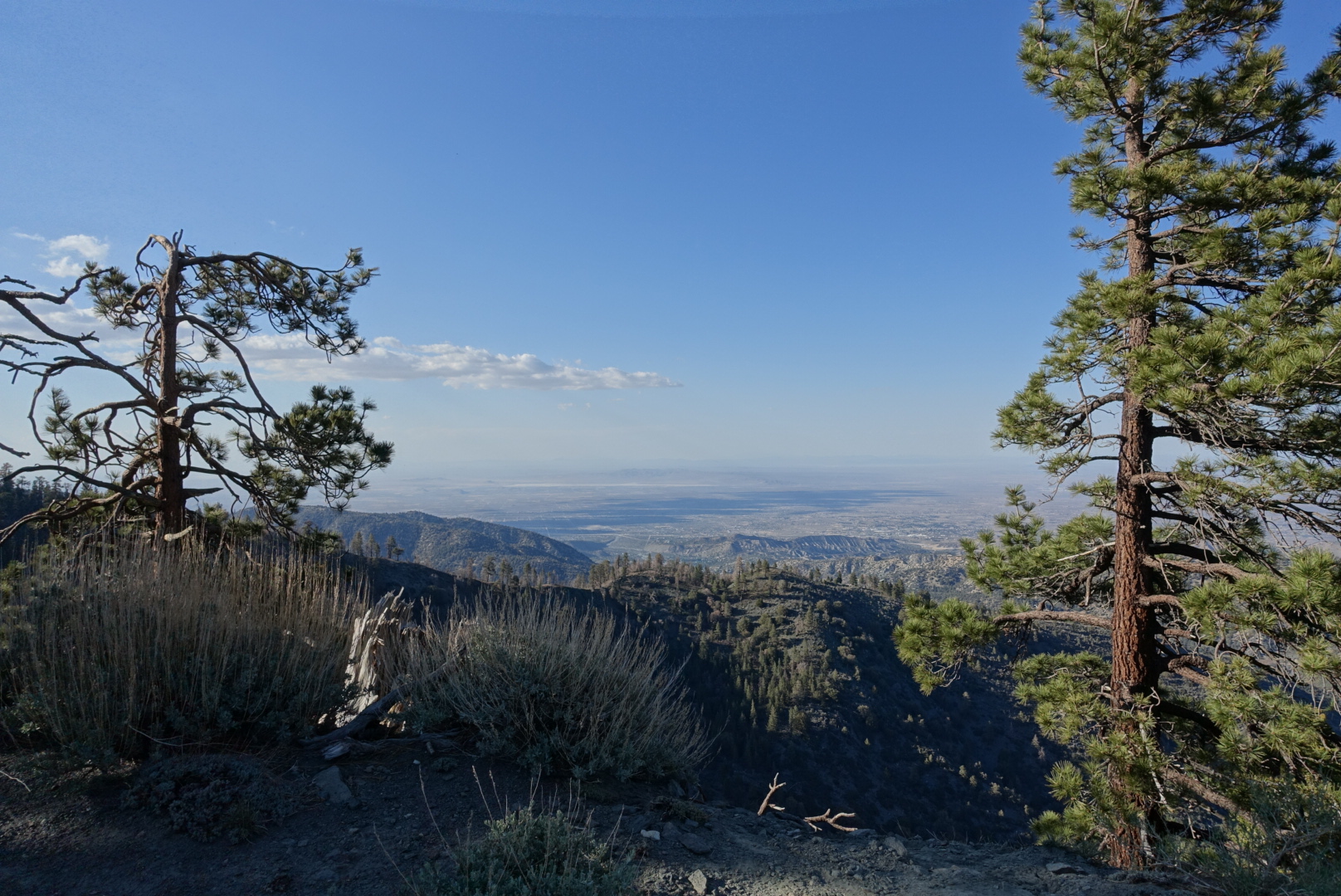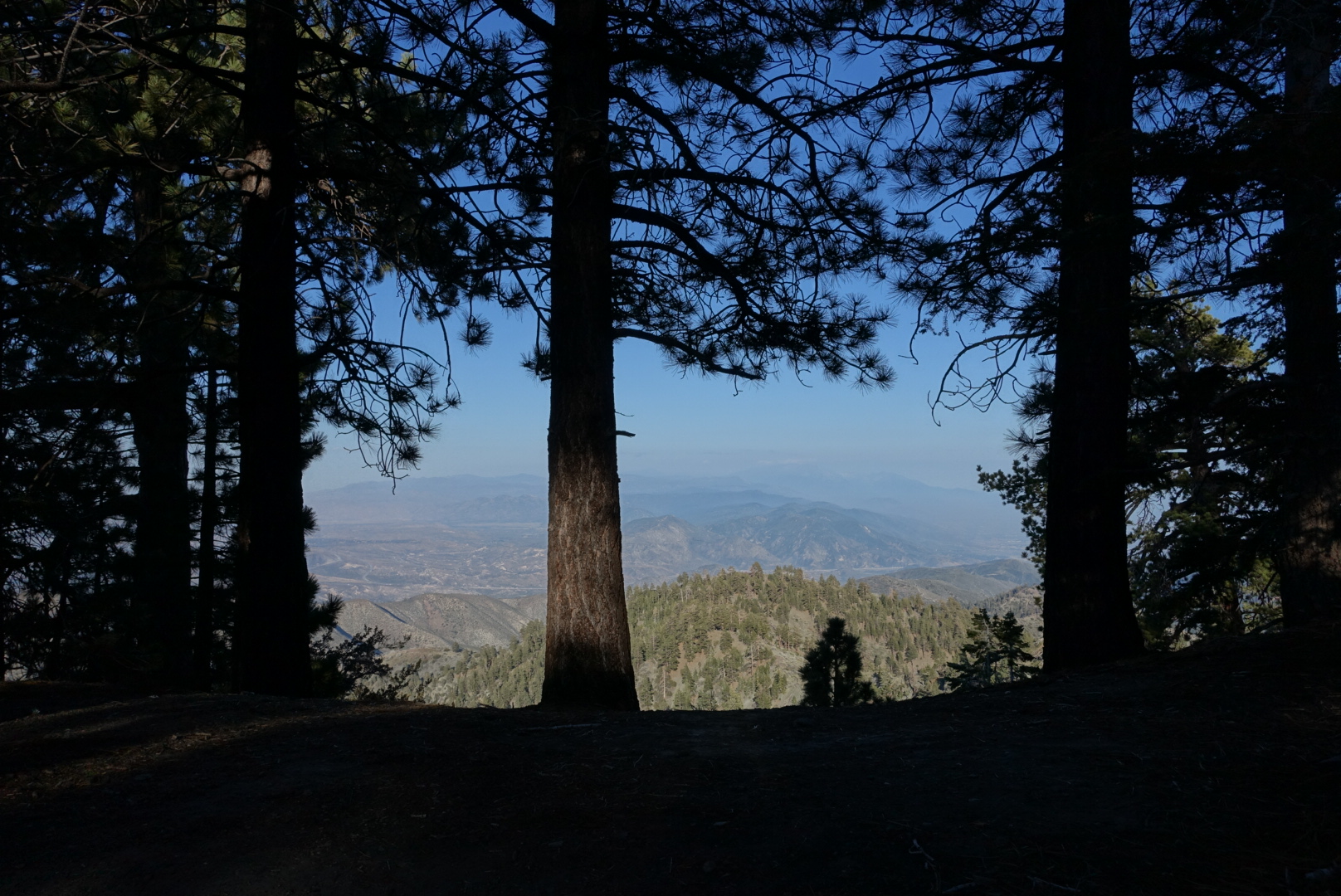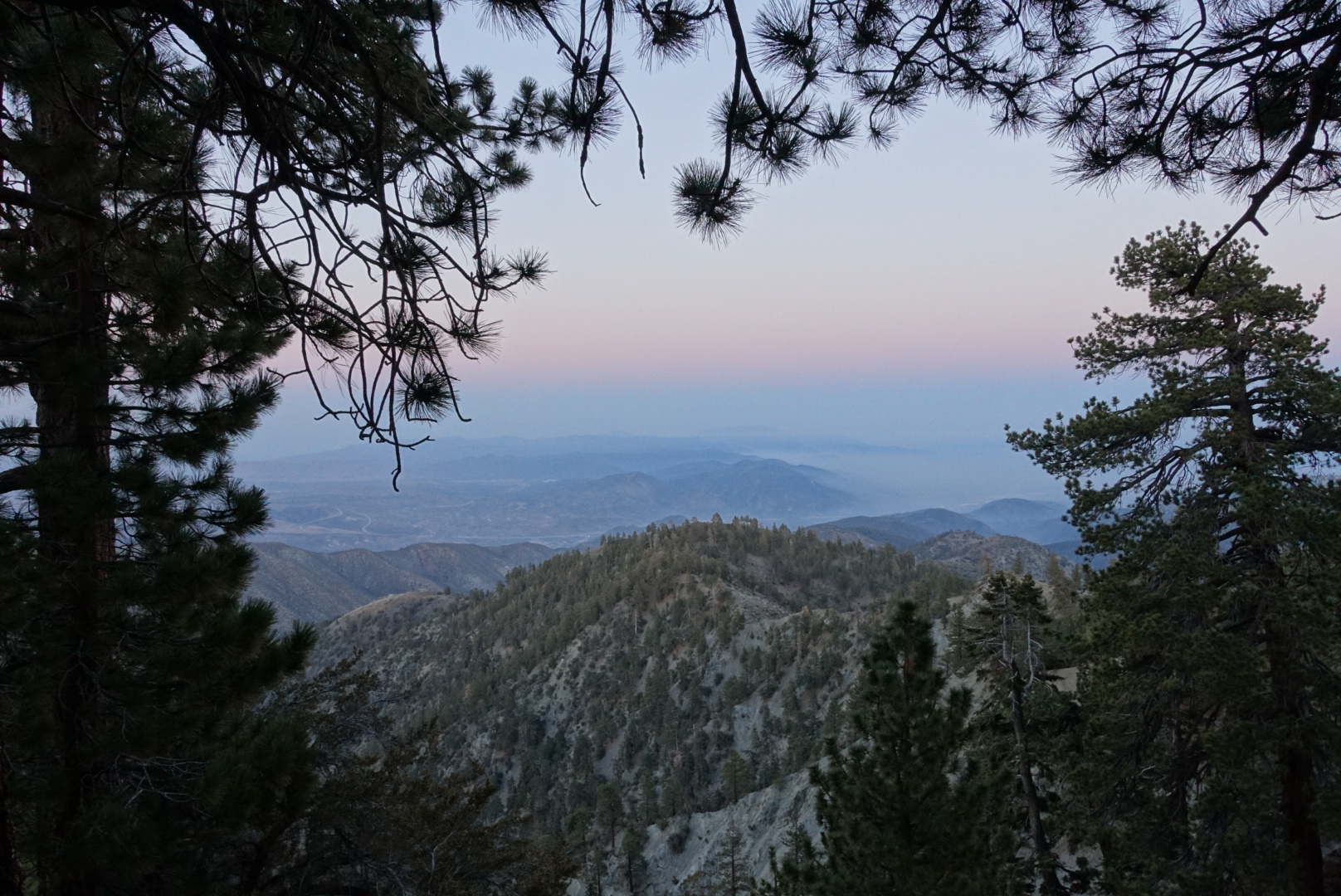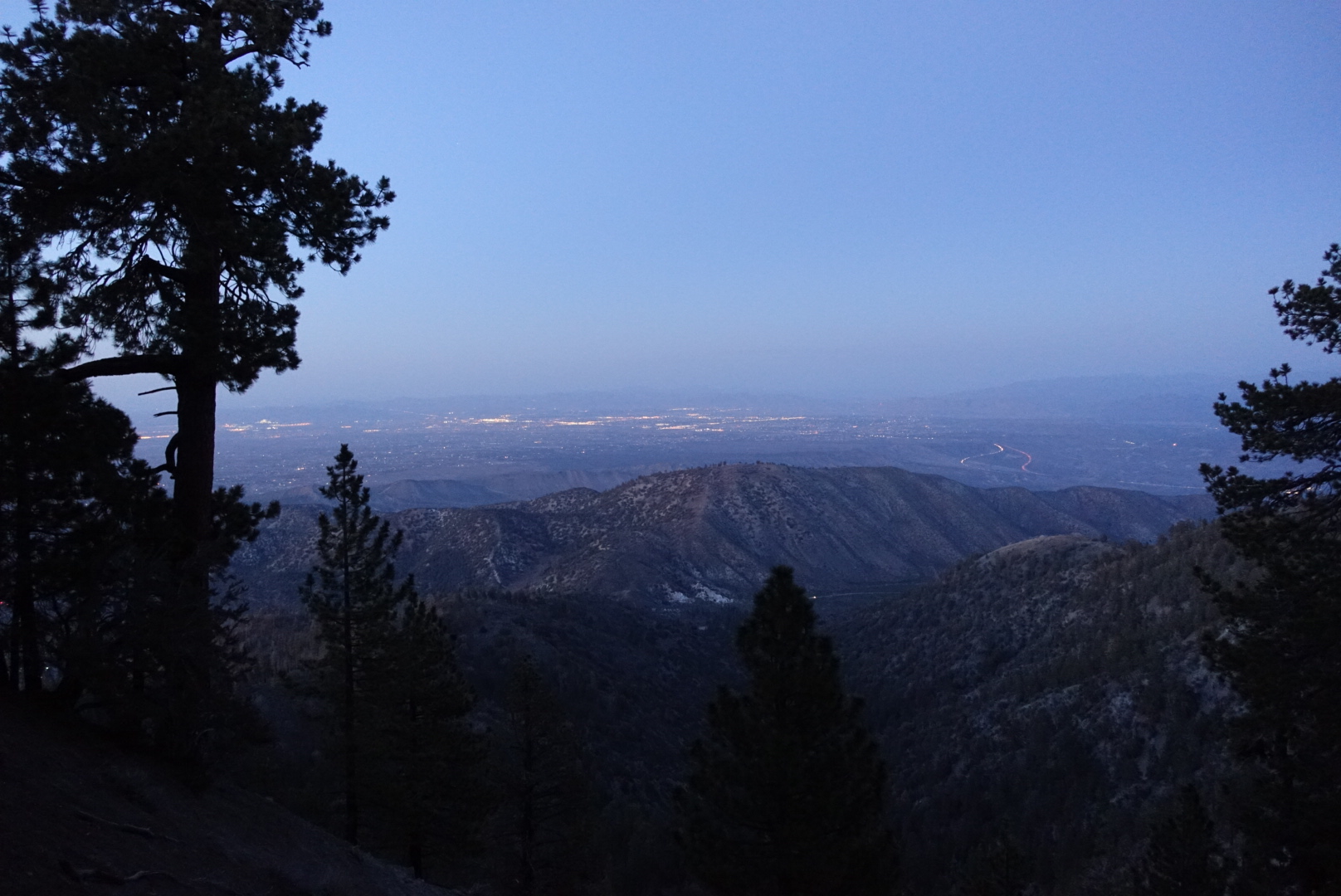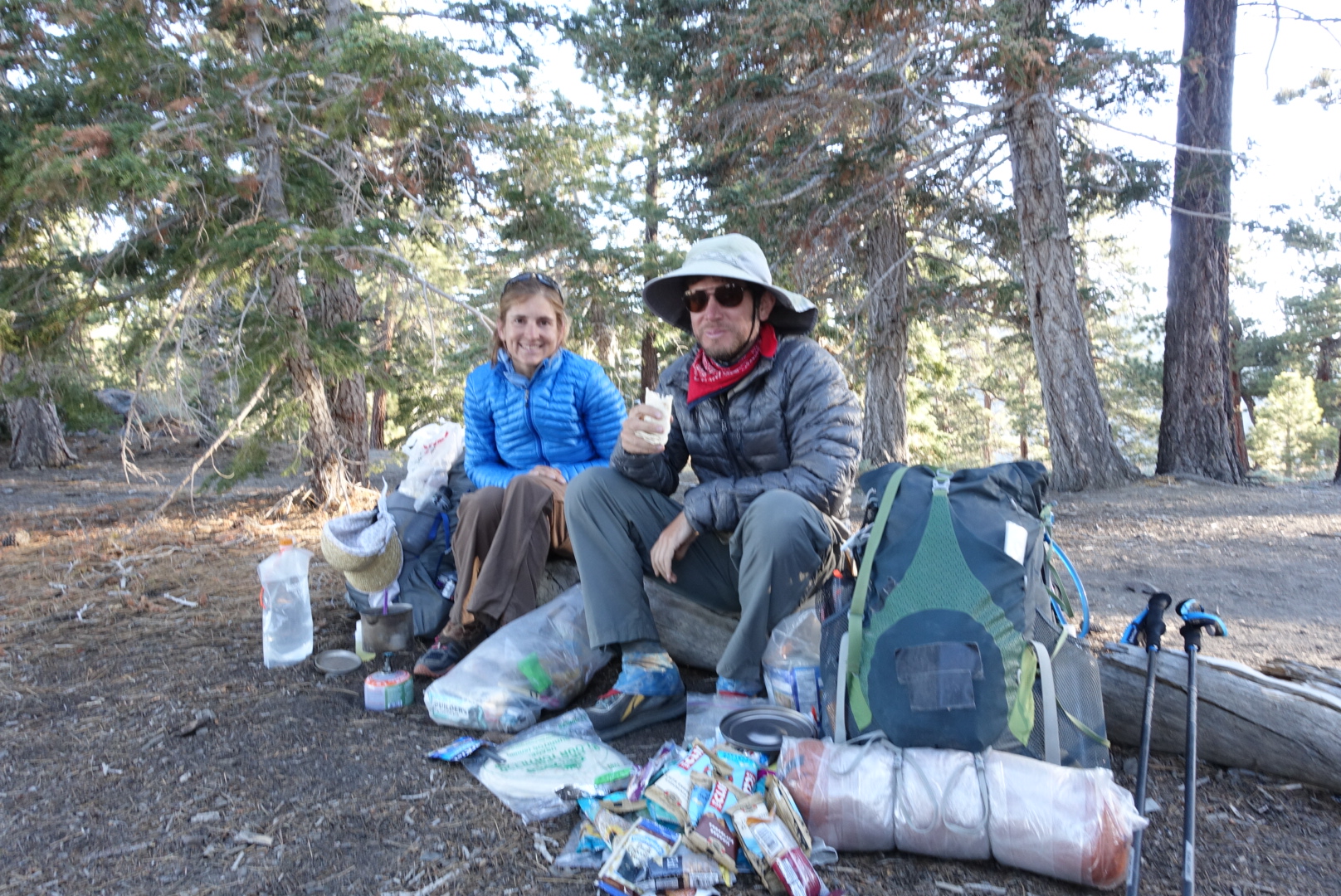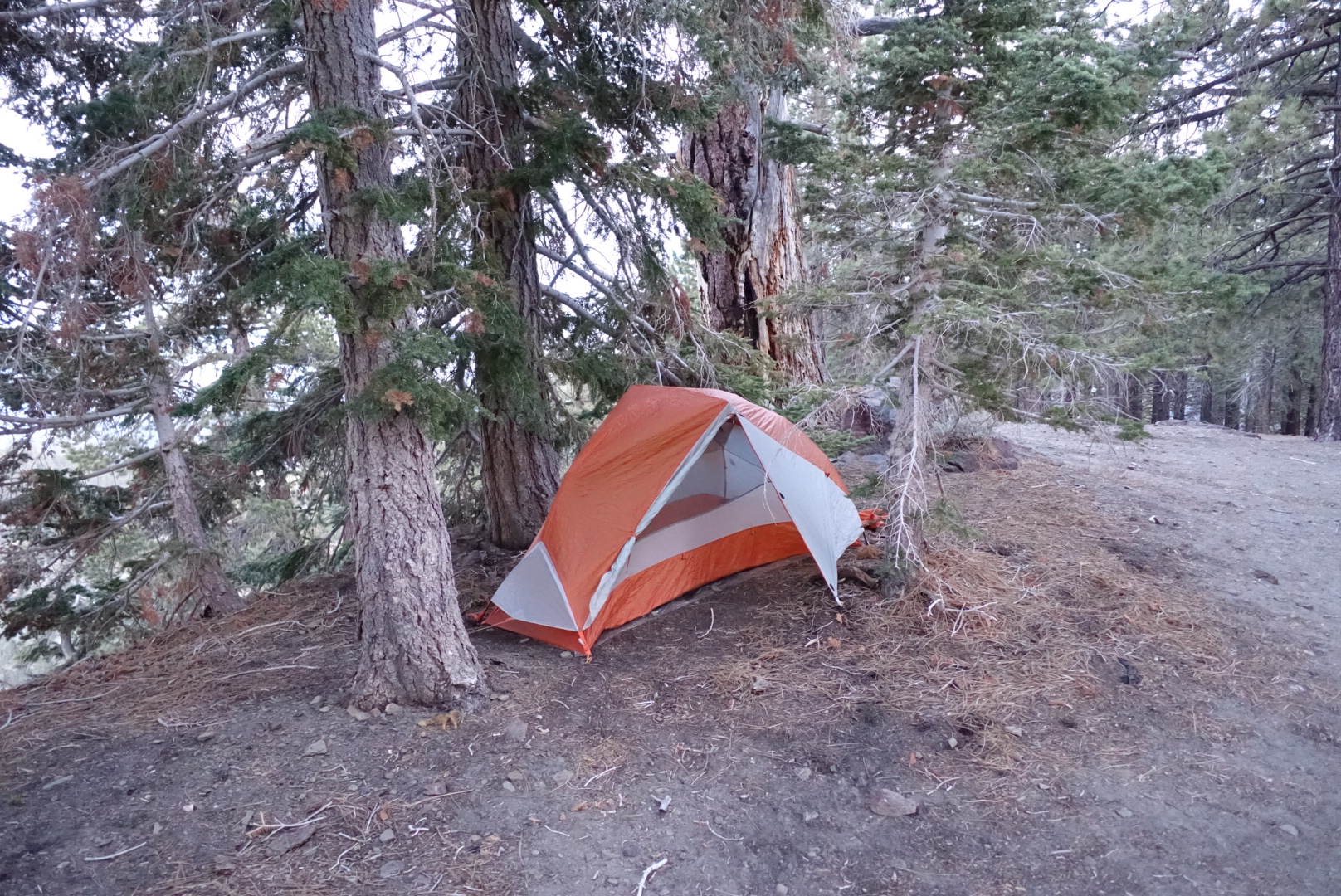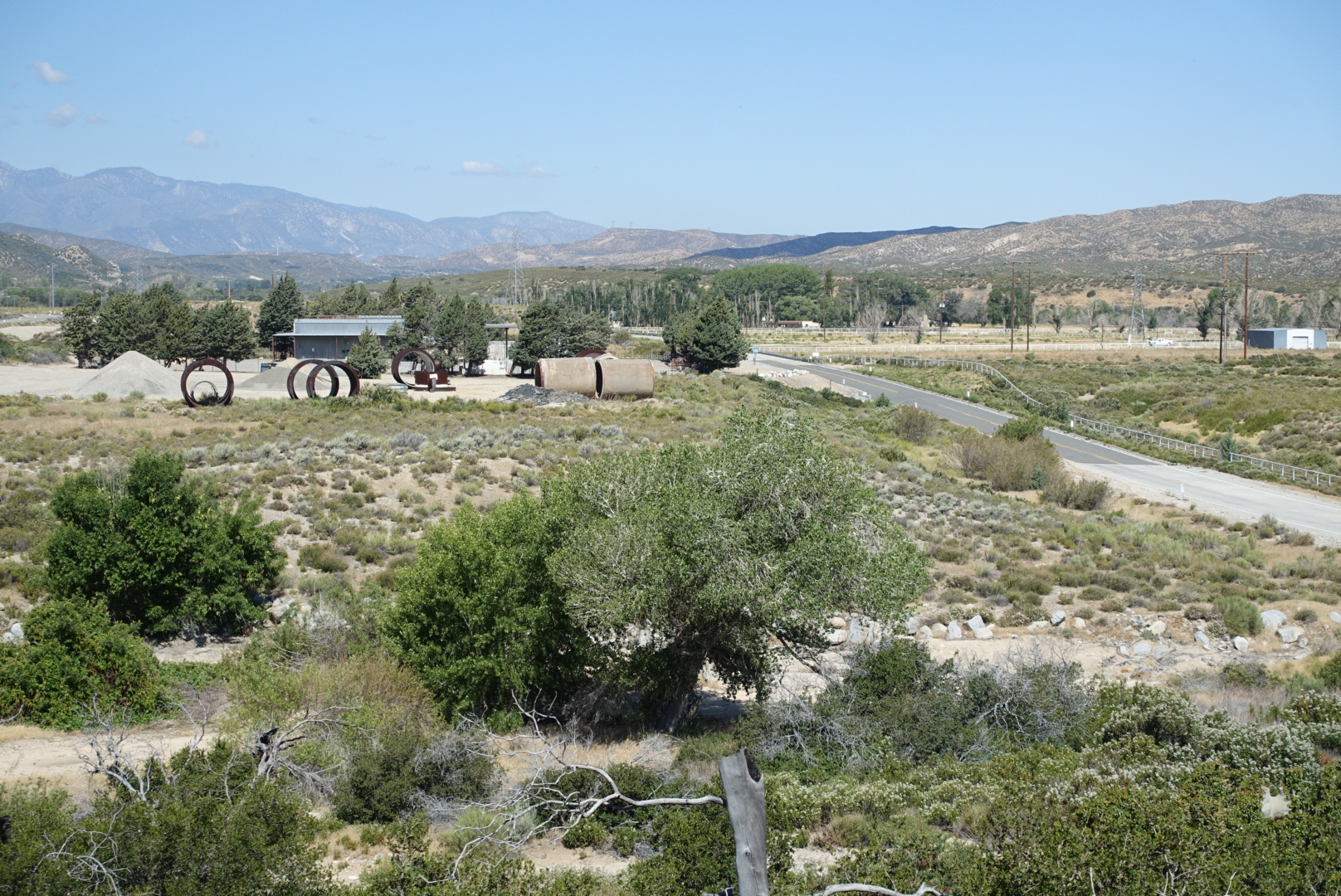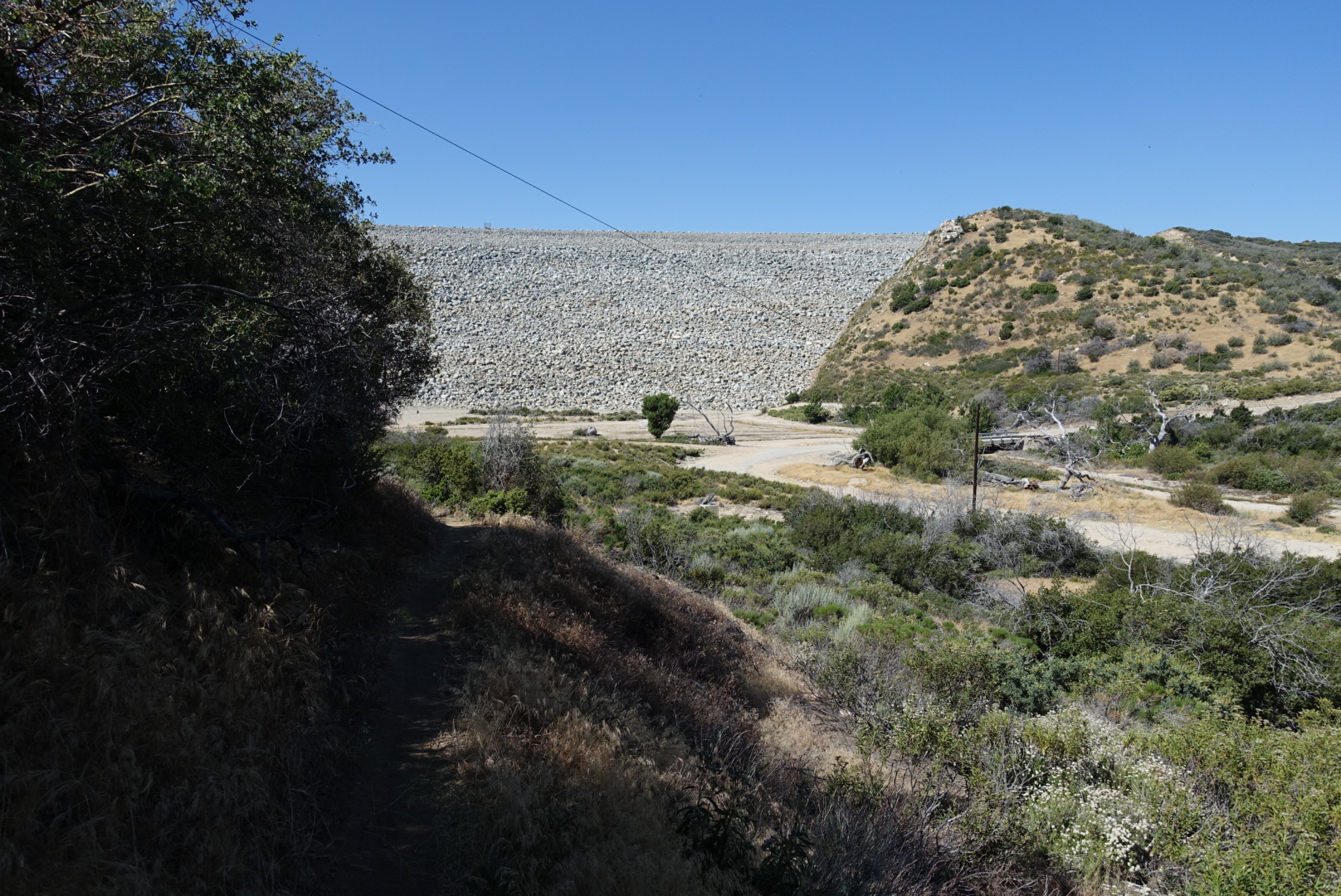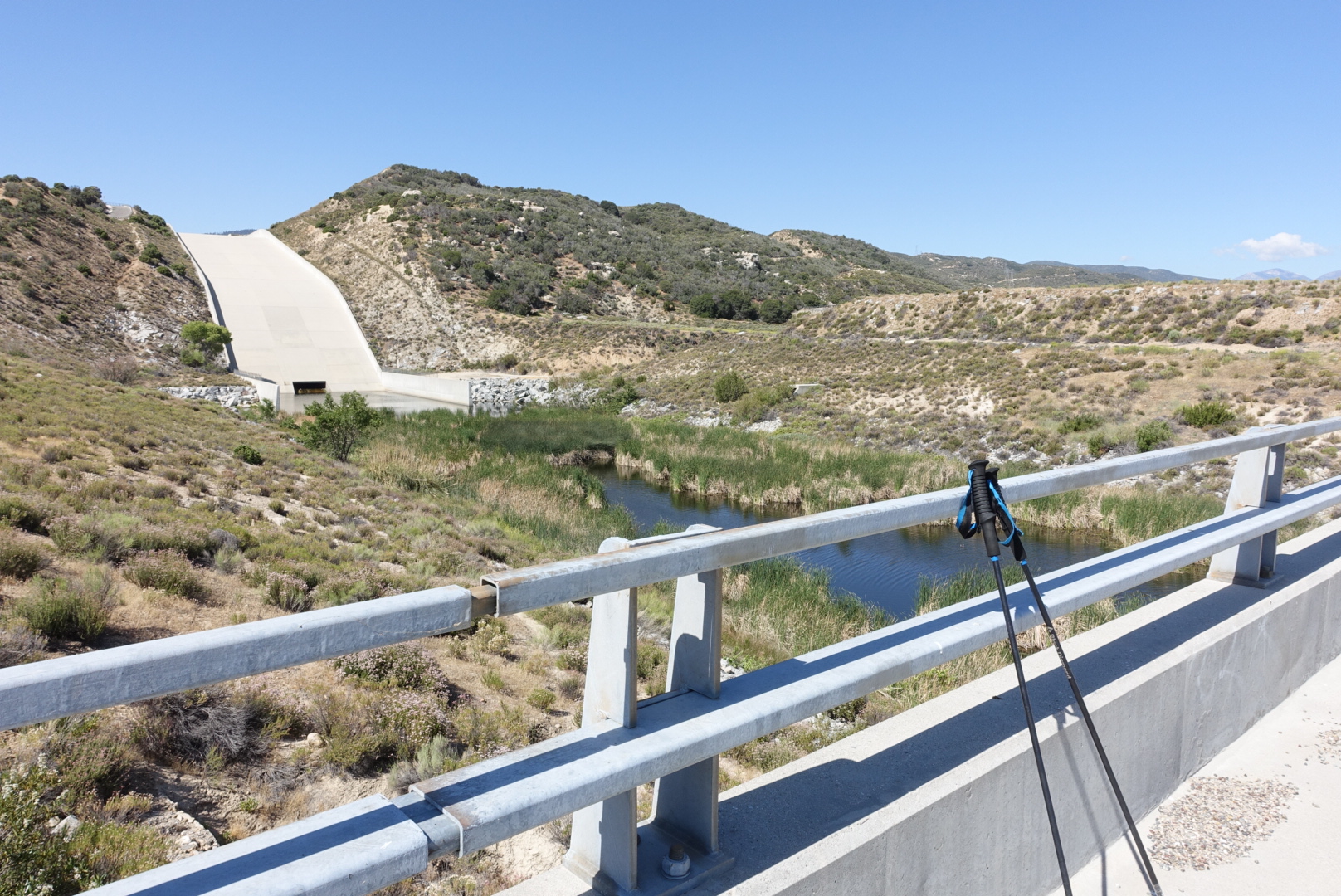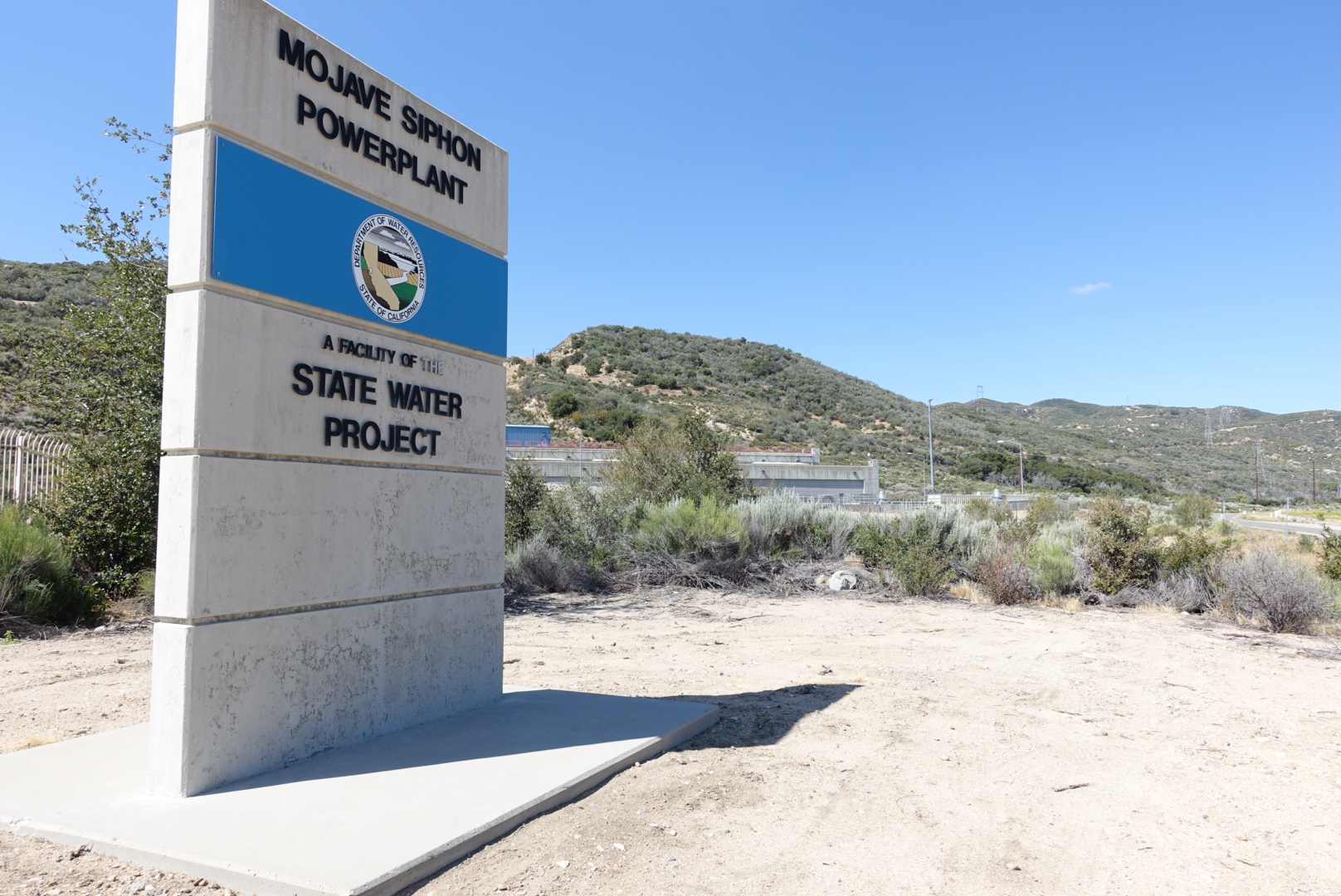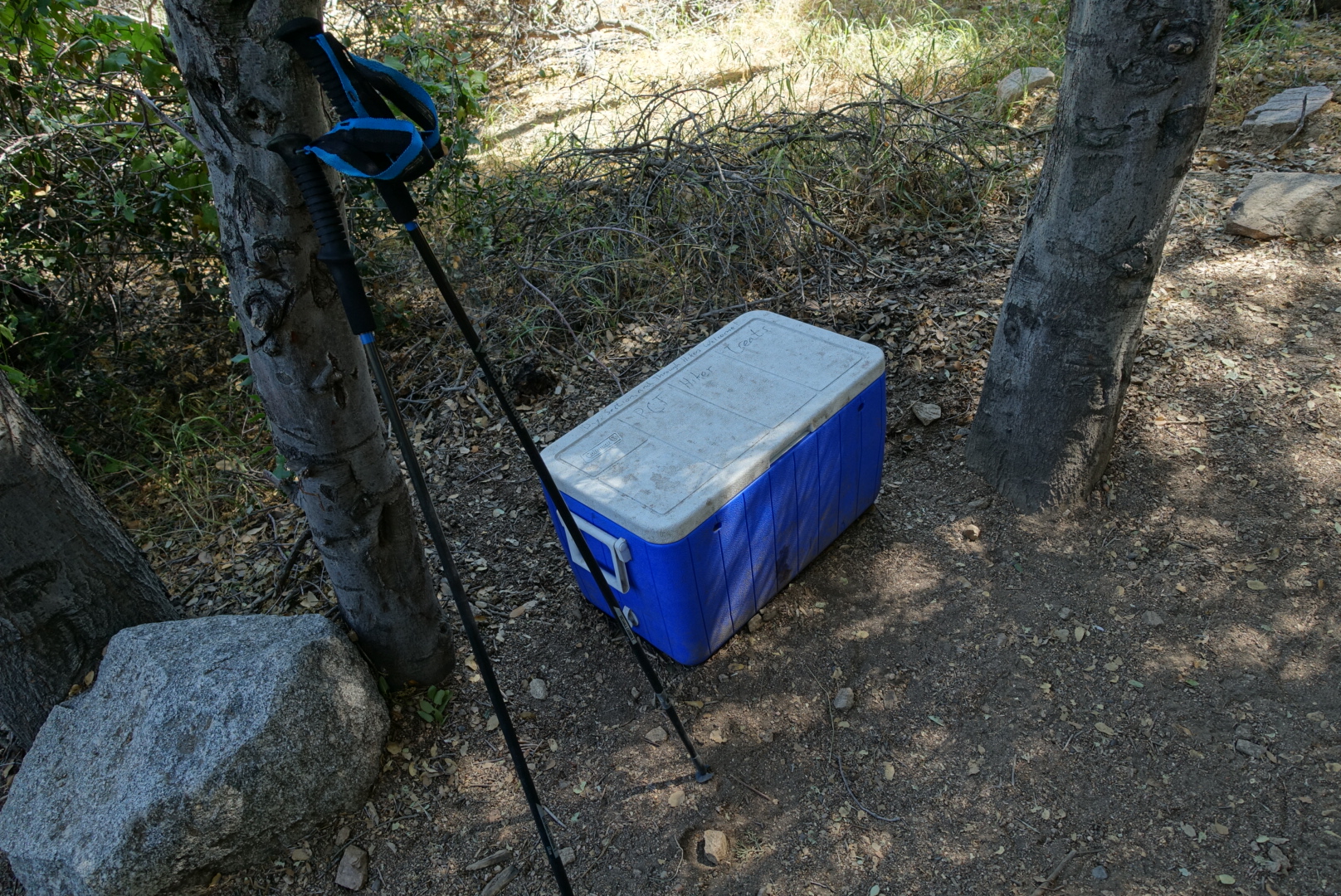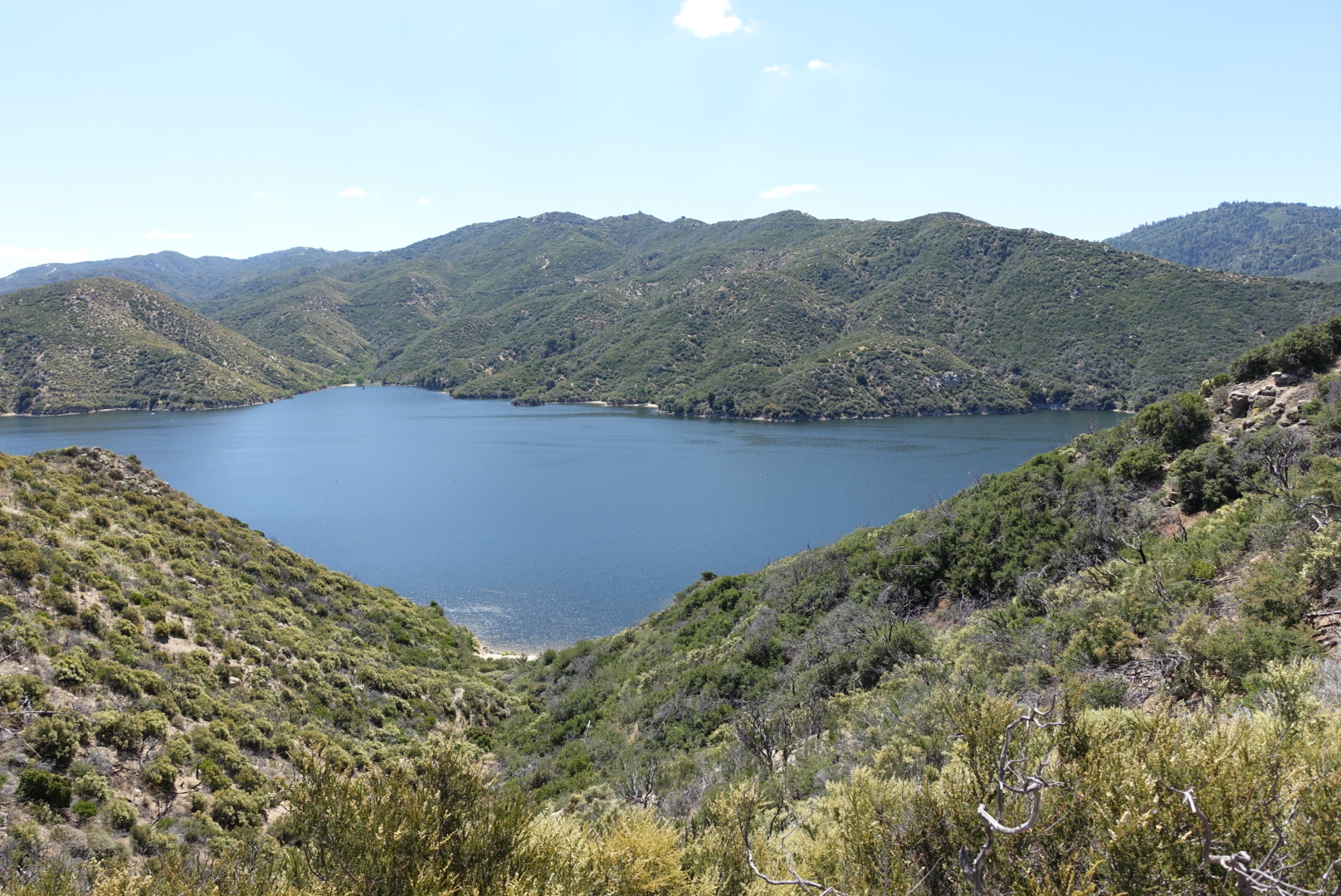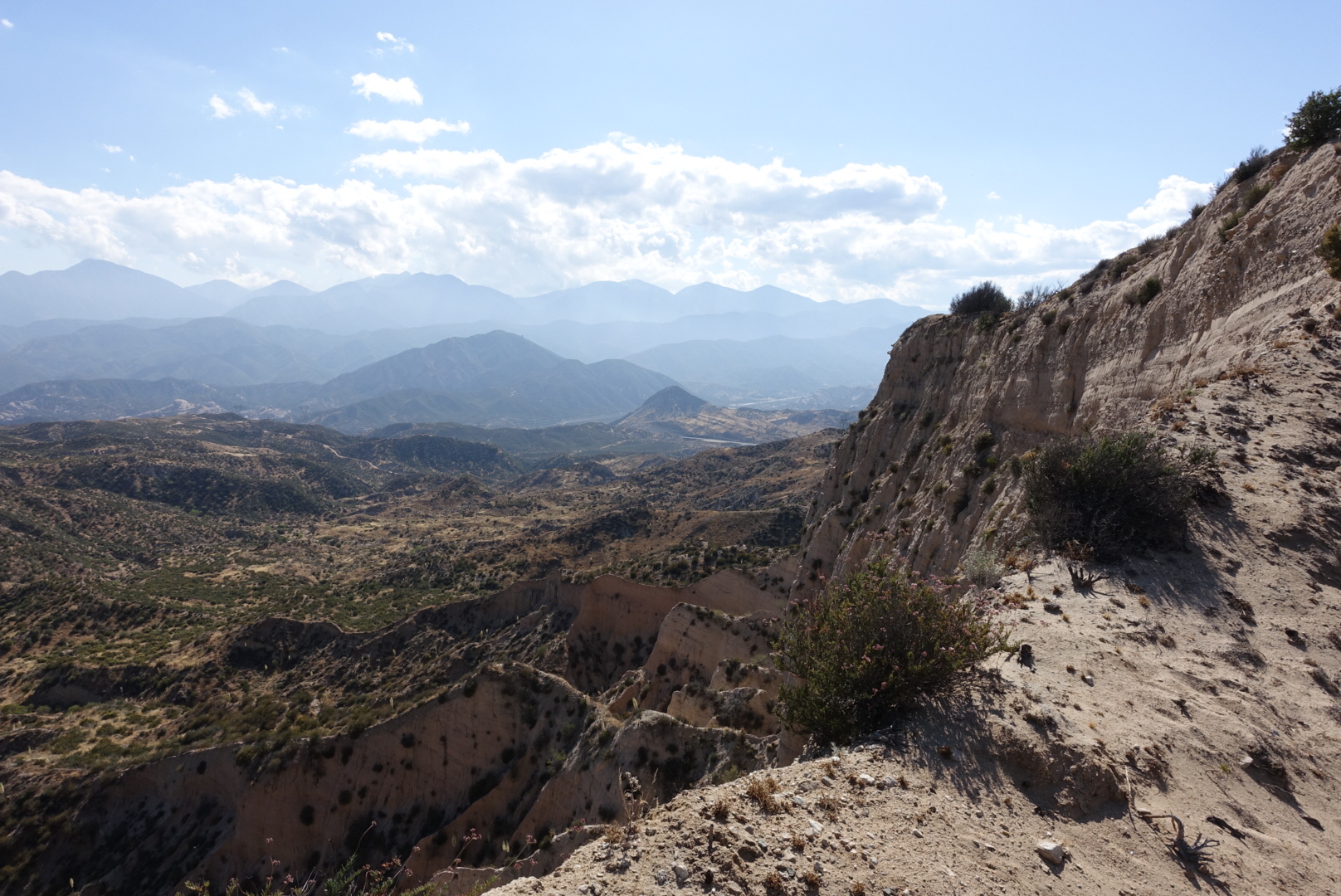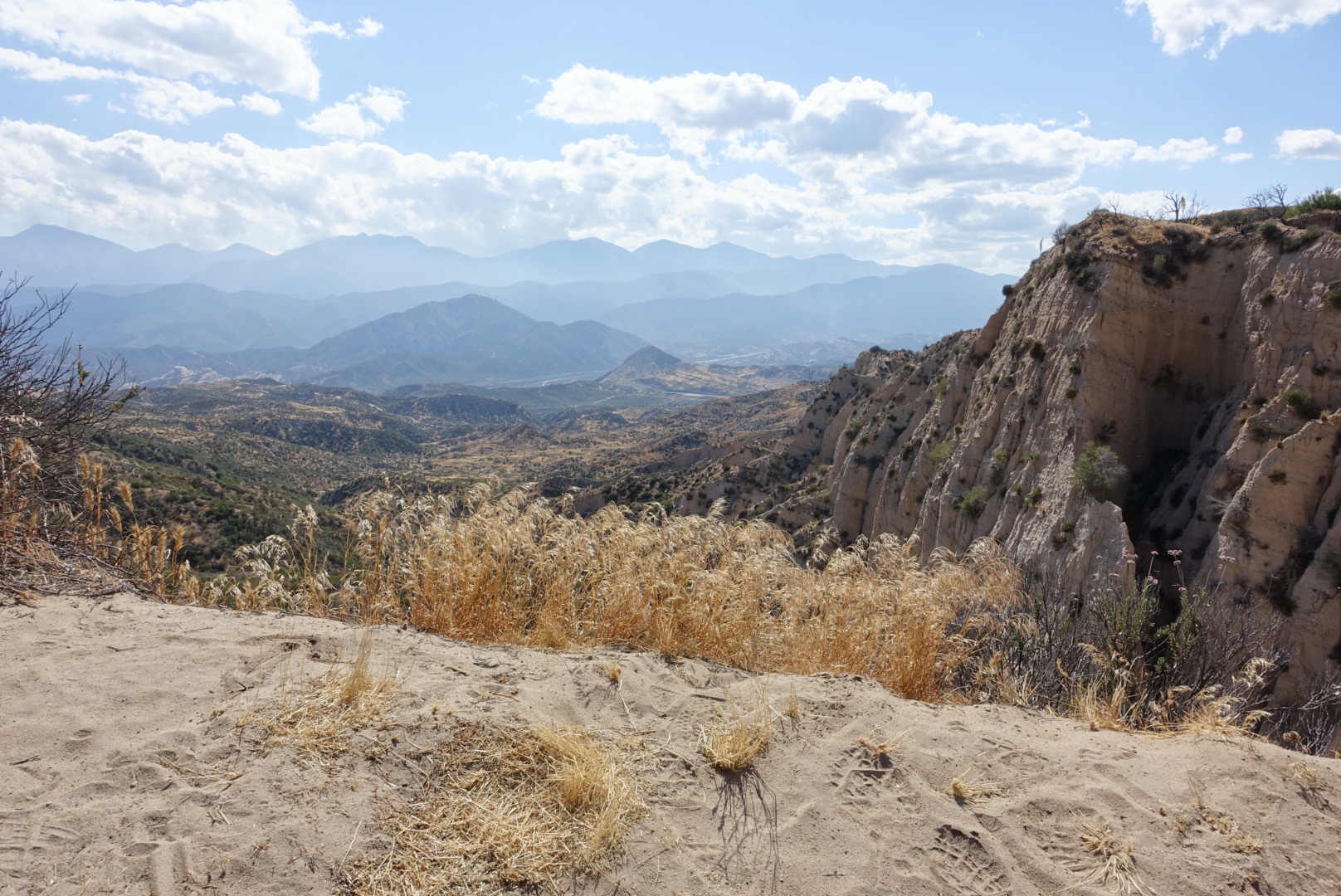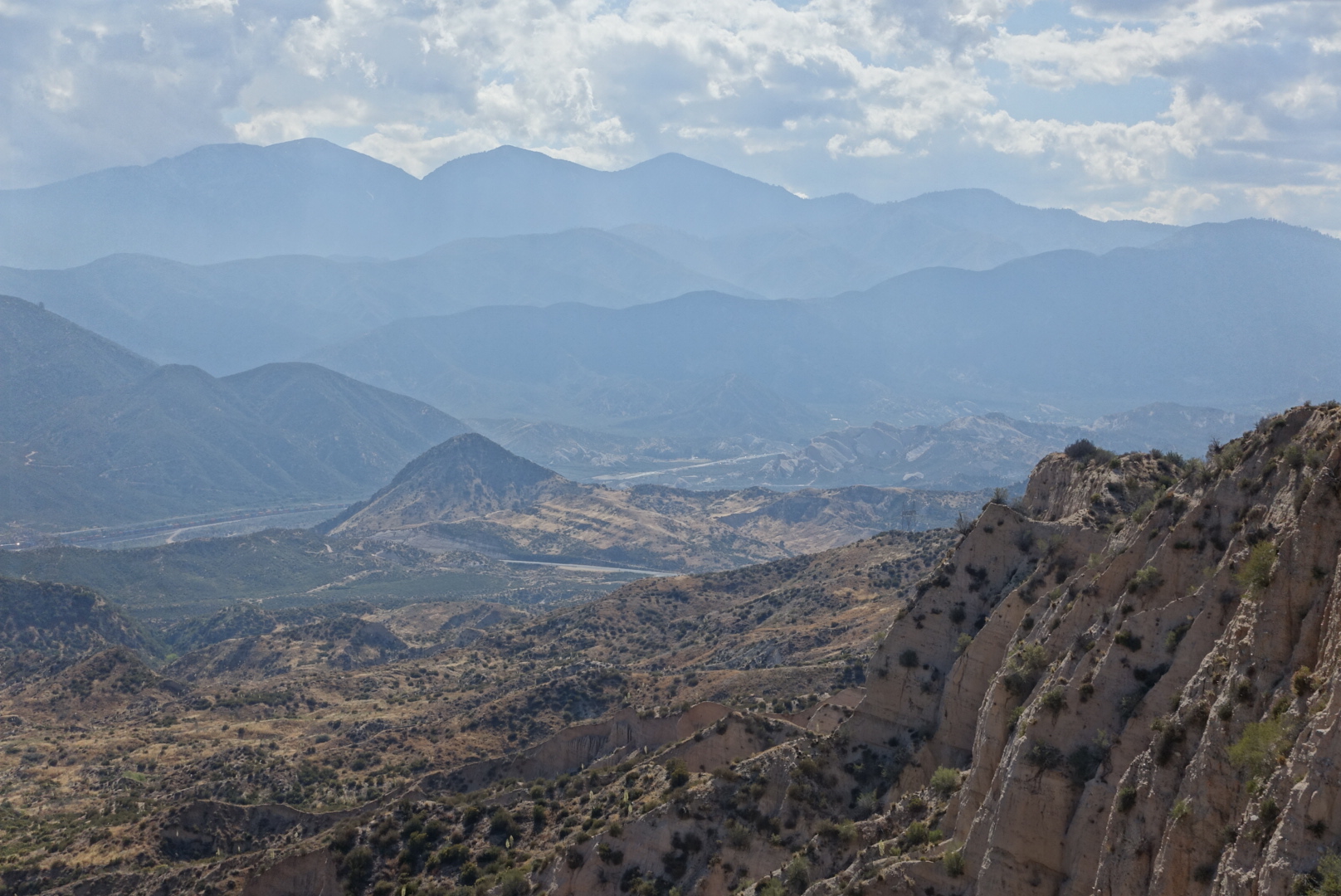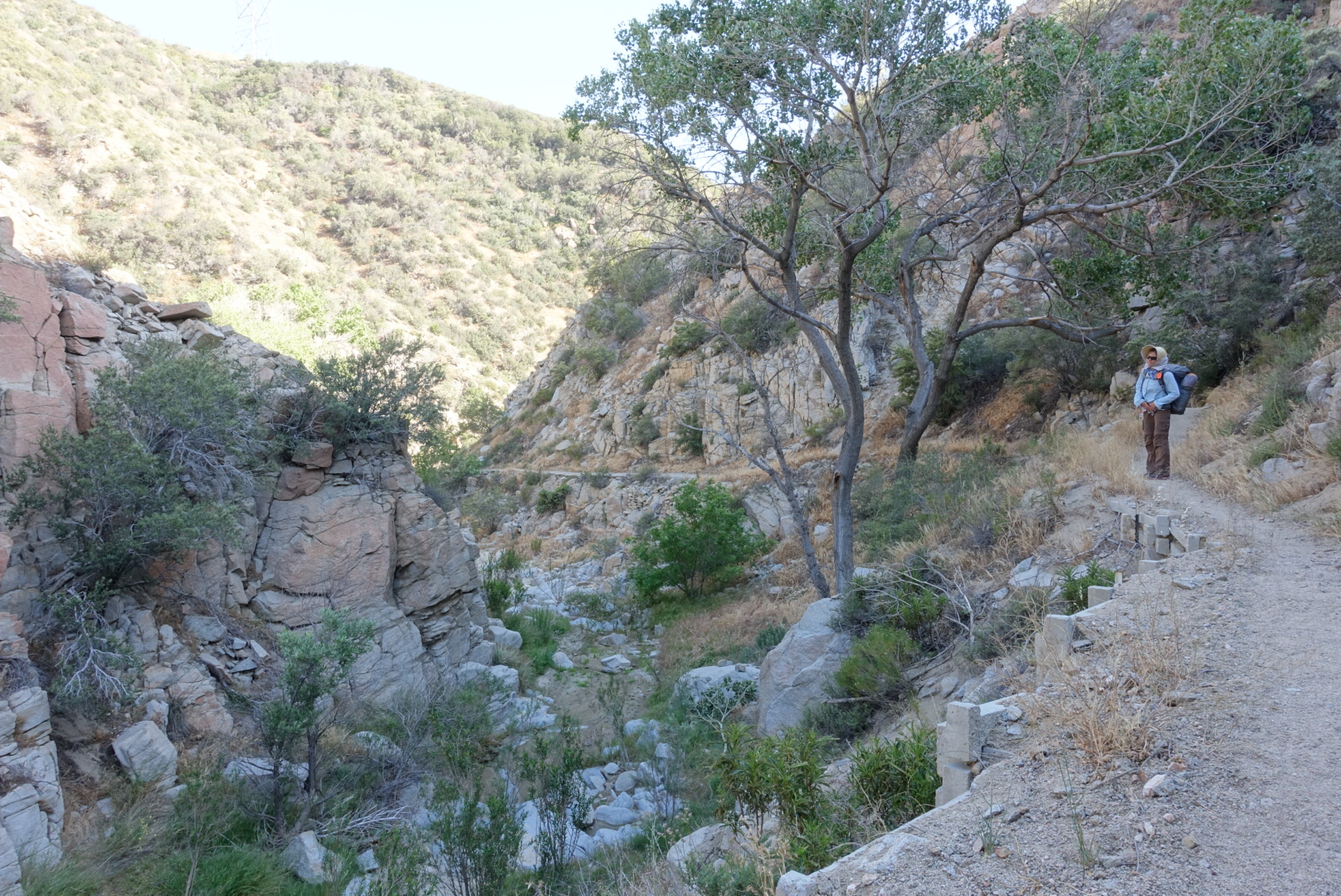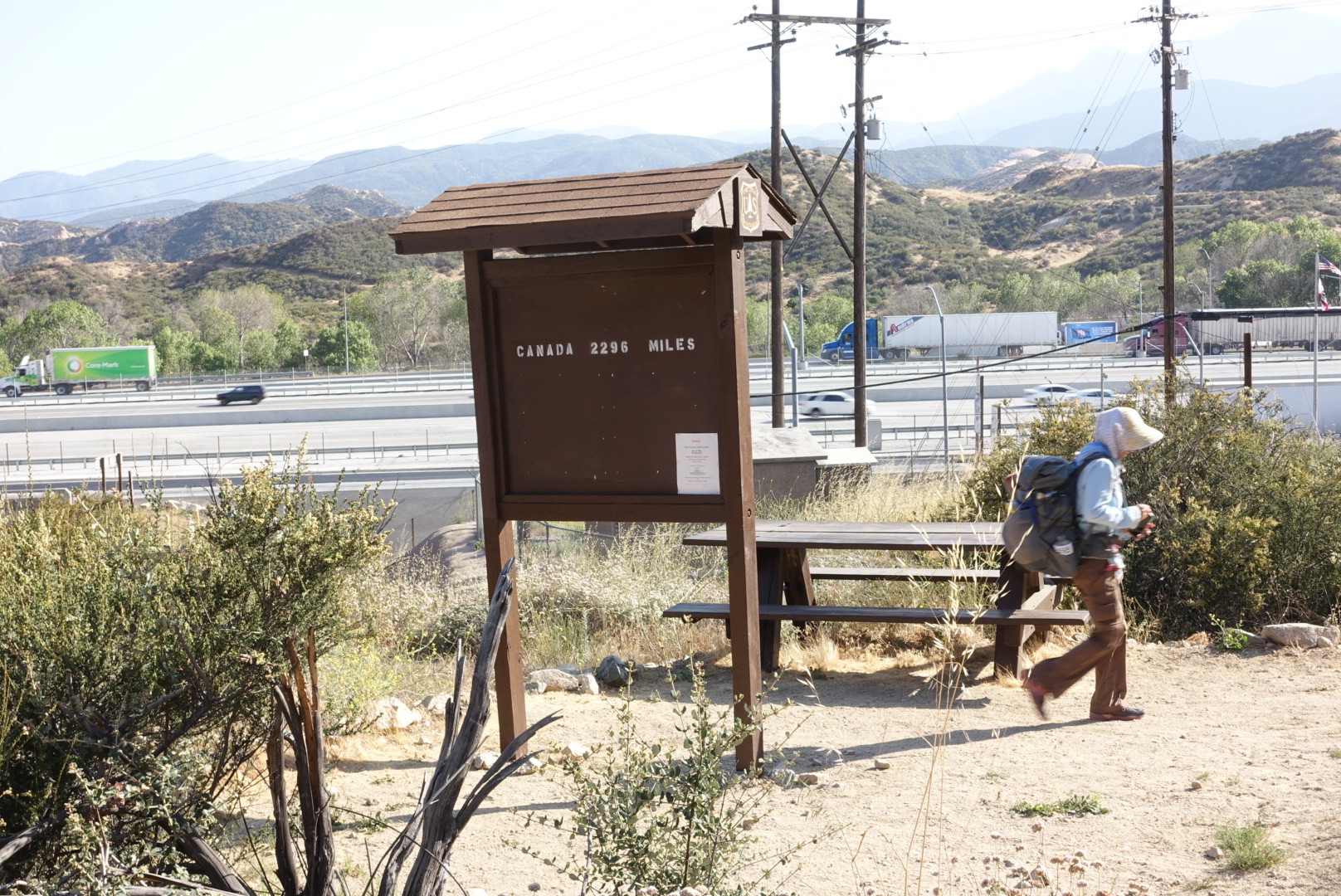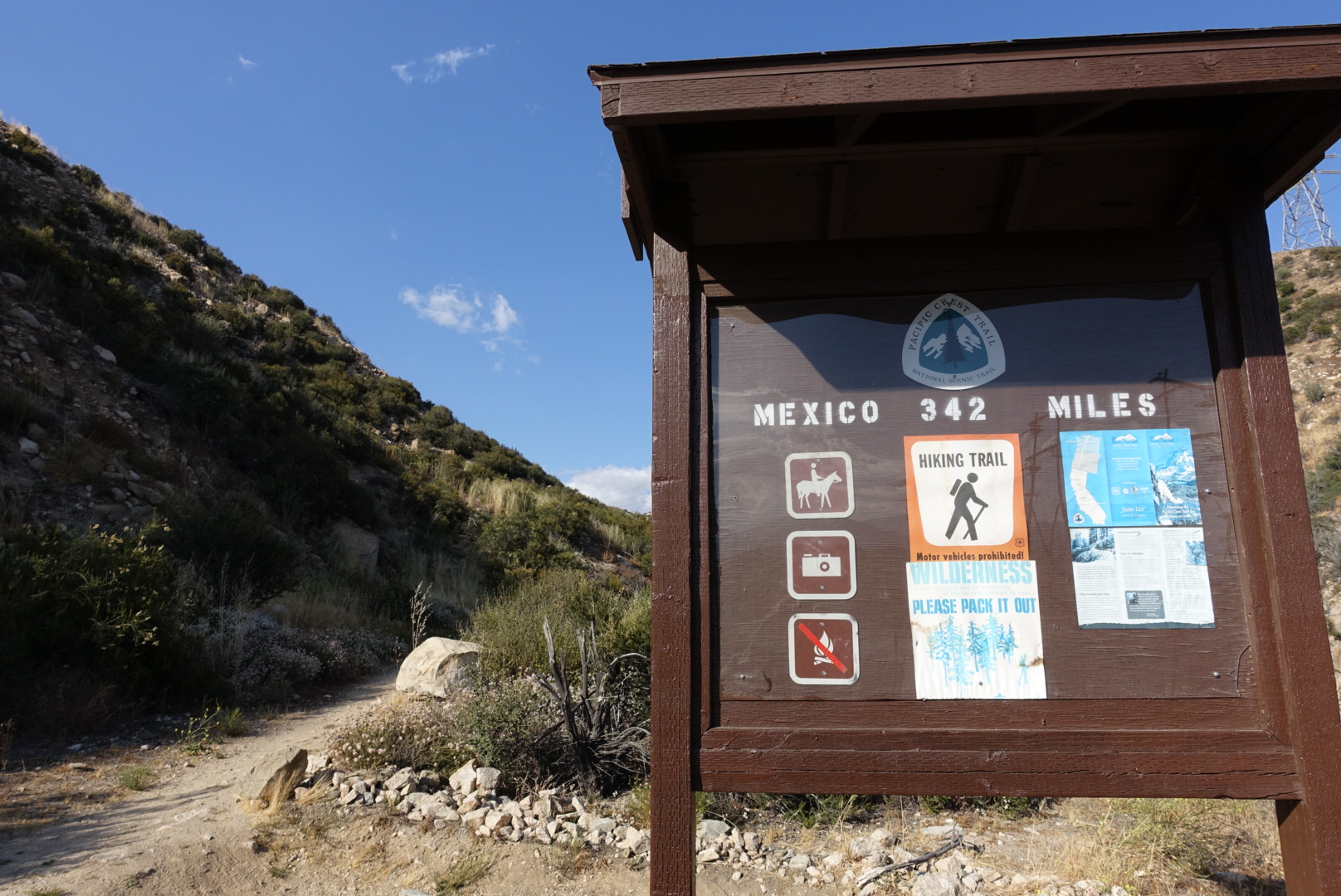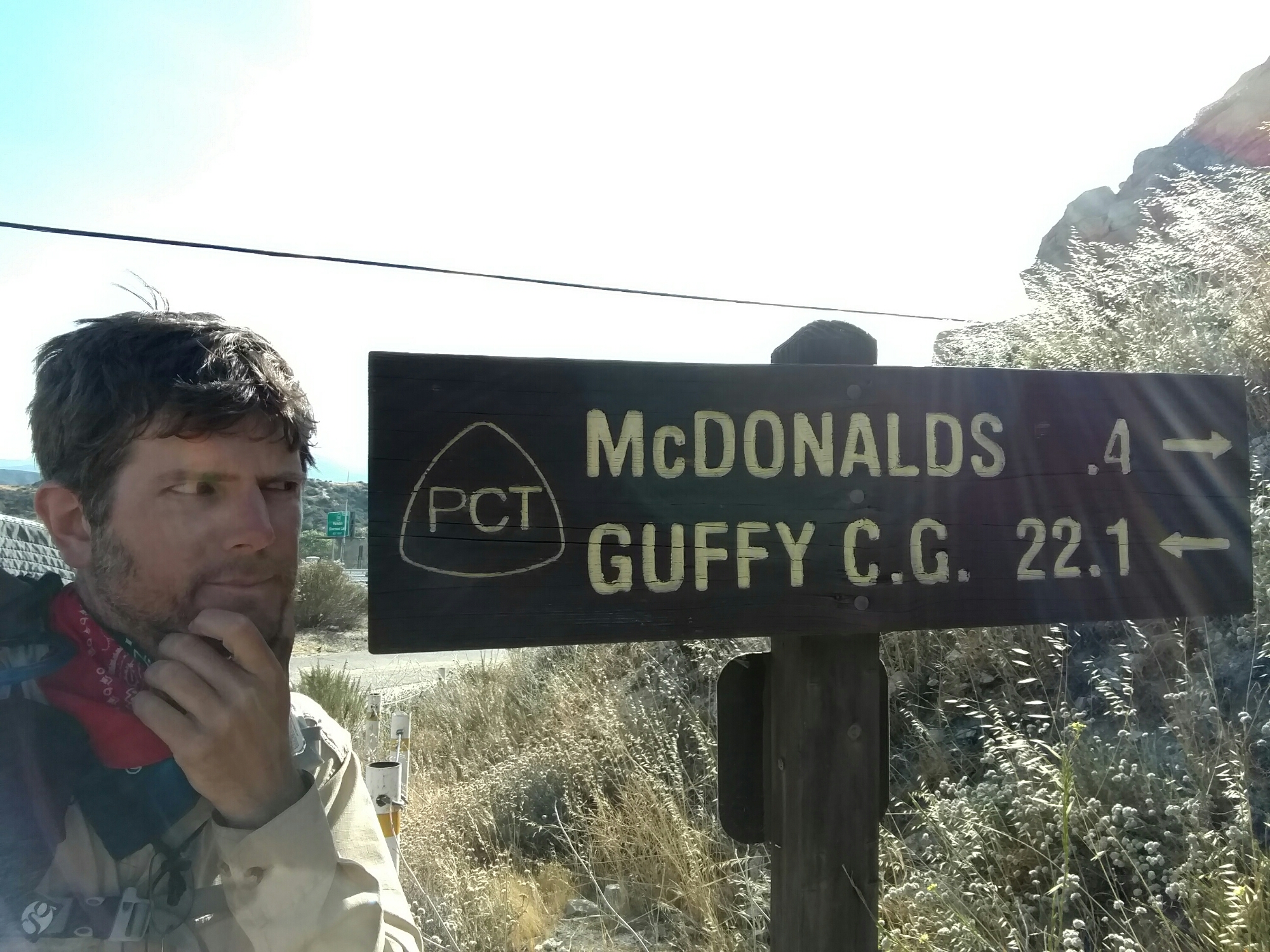Today started out well. Within the first two miles, there was a lashed-together sign for trail magic. The local Boy Scout troop was making everybody breakfast. We were well-fed, though, and the sign said to walk uphill. So we moved on without giving the alleged breakfast a closer

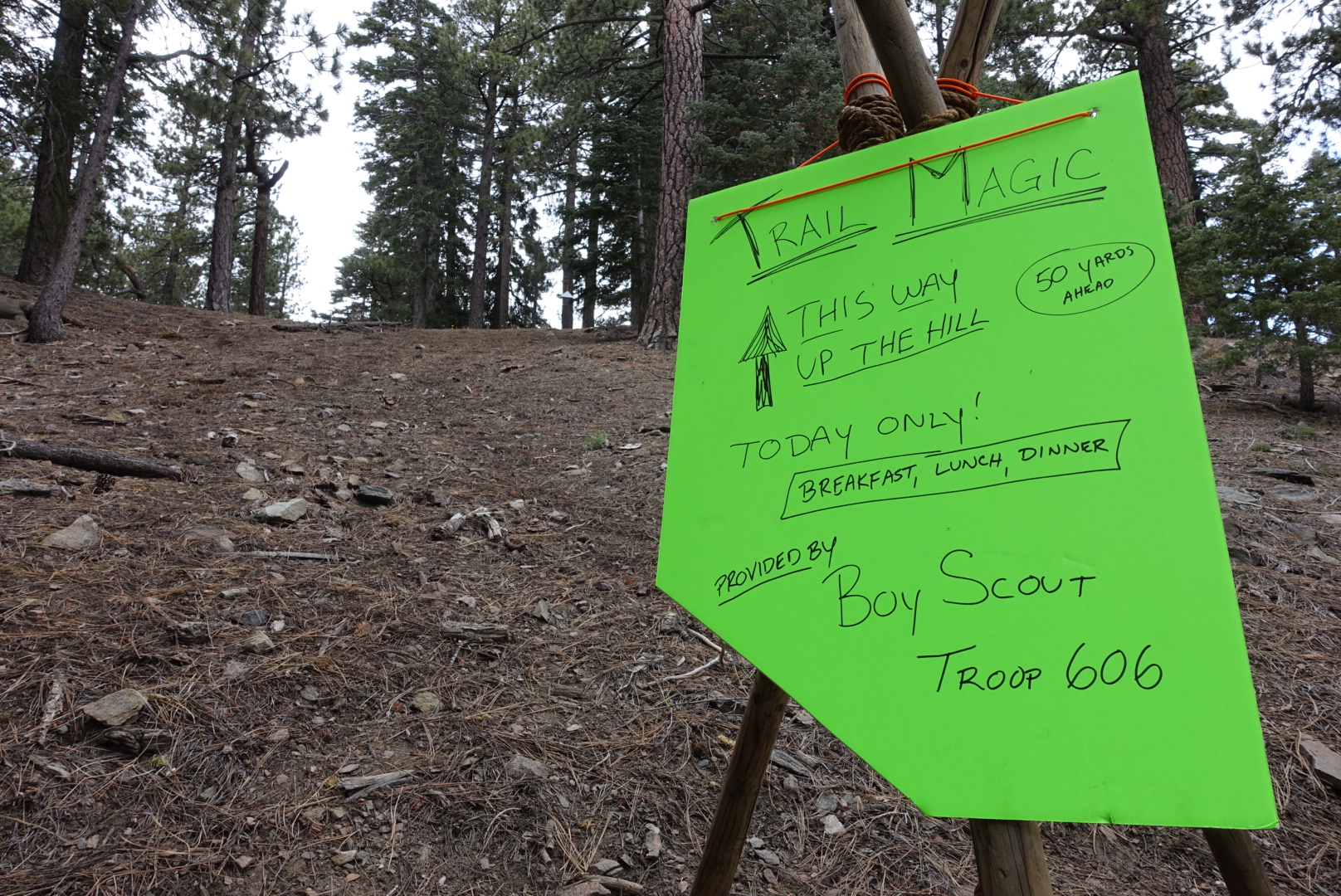
A bit later, we found ourselves going through a ski resort. It hadn’t been operational for several years, however, due to poor snowfall.
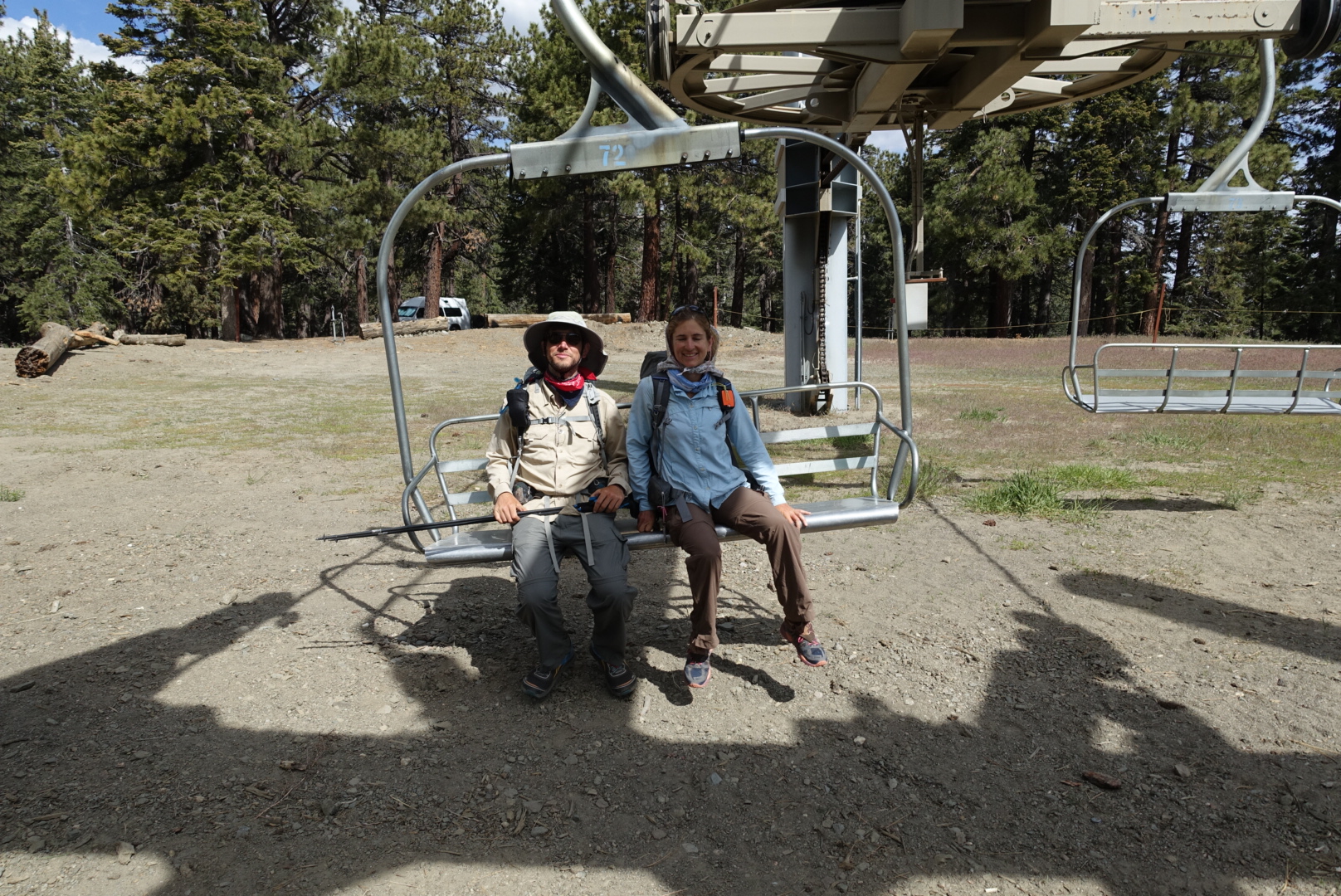
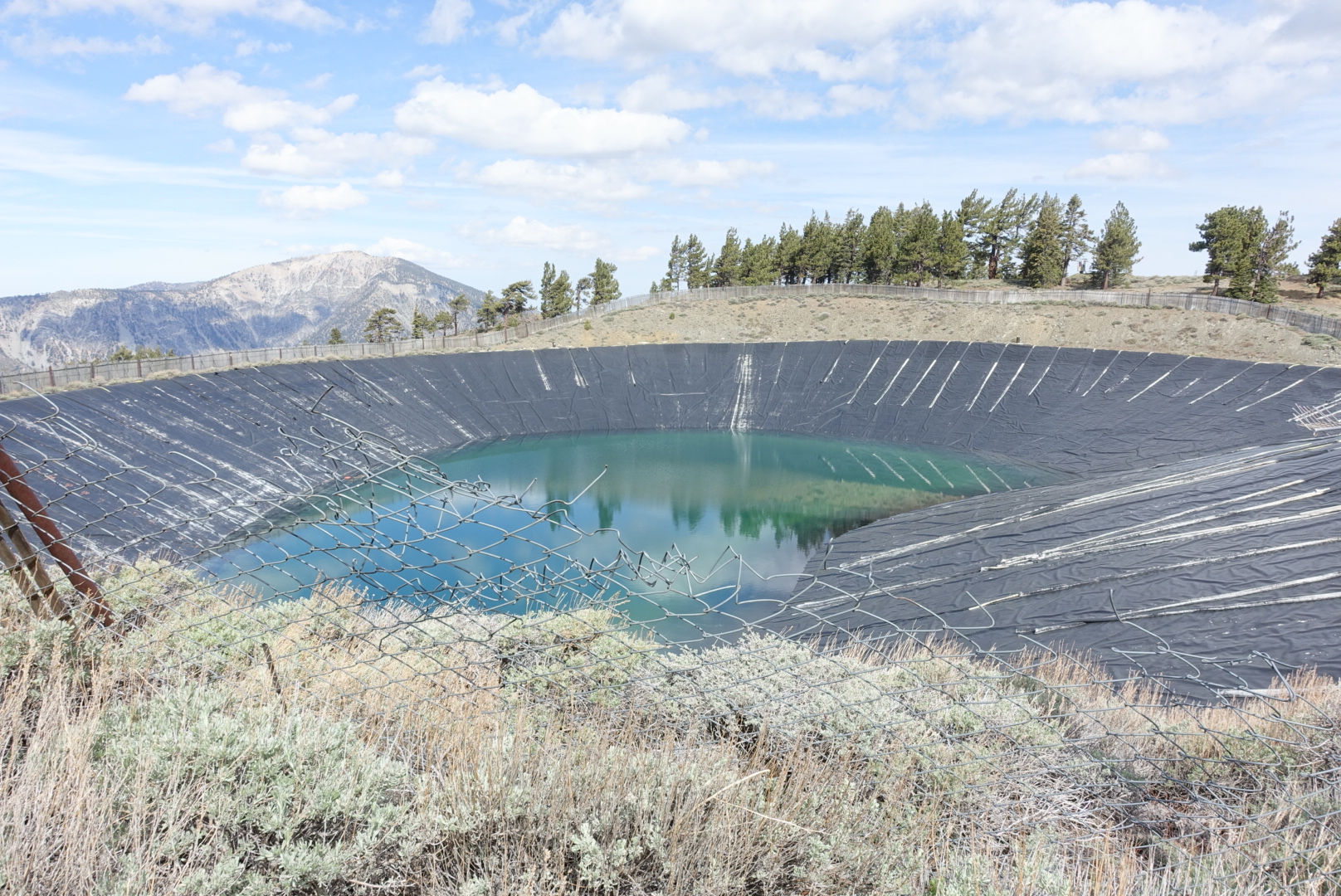
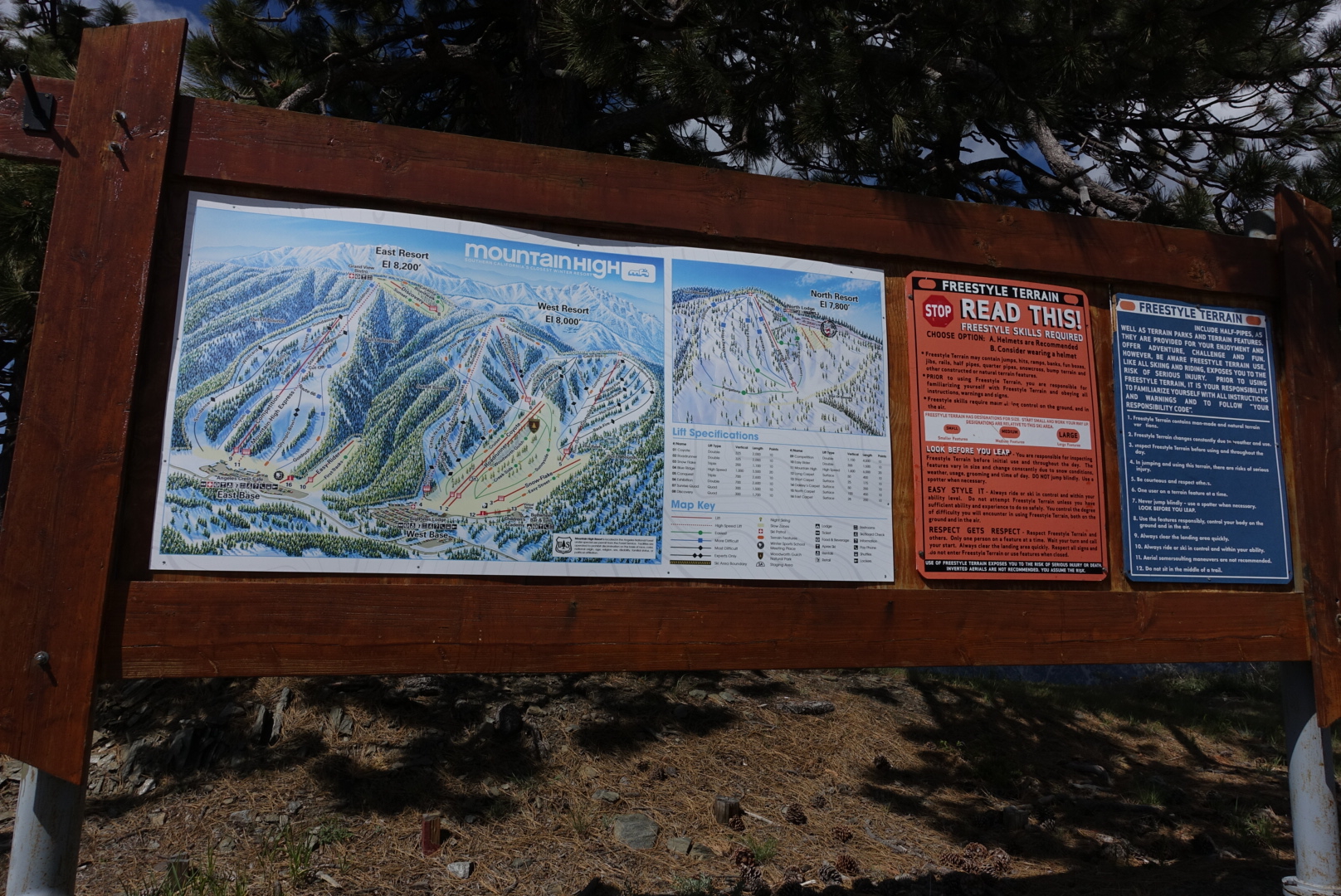
Next, we had the option of hitching on Highway 2 into Wrightwood, a famously hiker-friendly town. While we were considering whether it was worth the time to hitch, a car drove up and asked us if we were hikers needing a ride into town. We accepted, and soon found ourselves in a small mountain town.

The businesses left something to be desired. The grocery store was expensive, and the coffee shop’s “milkshake” was the worst of the trip (blended ice with chocolate syrup).
But, the locals were really, really nice to hikers. Twice, people asked us if we needed a place to stay that night. Excited children asked us if we were hikers and would come to their barbecue. But, we weren’t staying the night, and had already eaten. So we resupplied at the grocery store and the hardware store, and got ready to head back. I did have a Cactus Cooler orange/pineapple soda at the grocery store. It was terrific. I’ve never seen it before or after.
While discussing where to stand to hitch back to the trailhead, a local asked us if we needed a ride. So we’d hitched into and out of Wrightwood without ever sticking out our thumbs. This driver had worked in Yosemite, and told us about his secret cave and waterfall.
Back at the trailhead, a local was giving fresh fruit to hikers out of her trunk. I had 10 blueberries – each was delicious. Hikers sat on the parking lot in a semicircle around her trunk, chatting and eating fruit. Our hitch got out of the car, and told them about his secret cave and waterfall.
We had an ambitious schedule for the rest of the day, so we headed on.
We’d later hear stories from people who stayed in Wrightwood, who found themselves in pristine guest rooms at mountain mansions, or at elaborate dinner parties, or so forth.
Next, we’d be climbing Mt. Baden-Powell, a steep mountain named after the founder of the Boy Scouts. The climb didn’t look so bad, until our trail went down, down, down into a valley to put us at the foot of the mountain.
We’d filled up to 4L water for an upcoming dry stretch, and the trail gained the last 3000 feet or so in about 3 miles. But after some sweaty switchbacks and some patches of snow, we found ourselves at the summit.
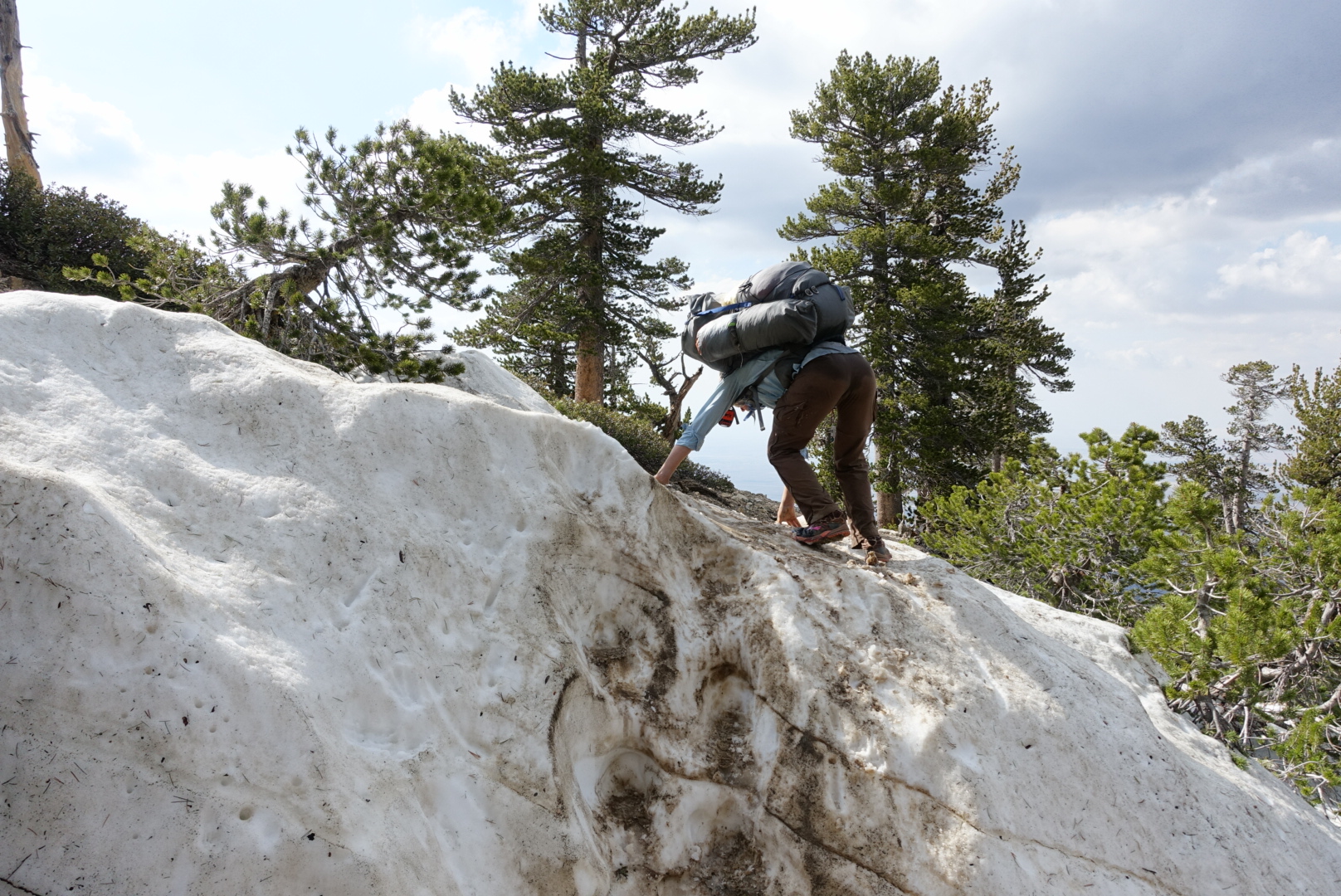
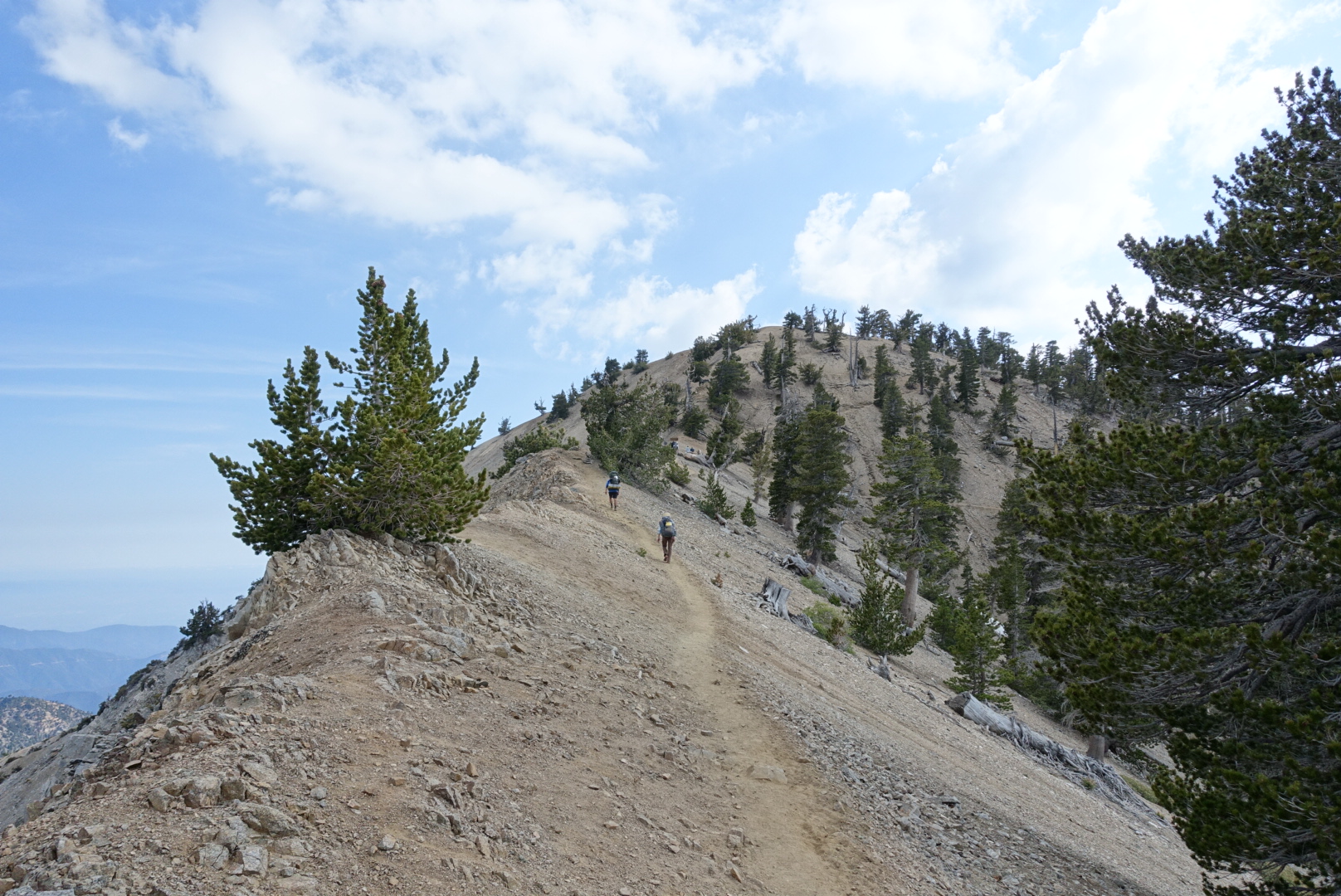
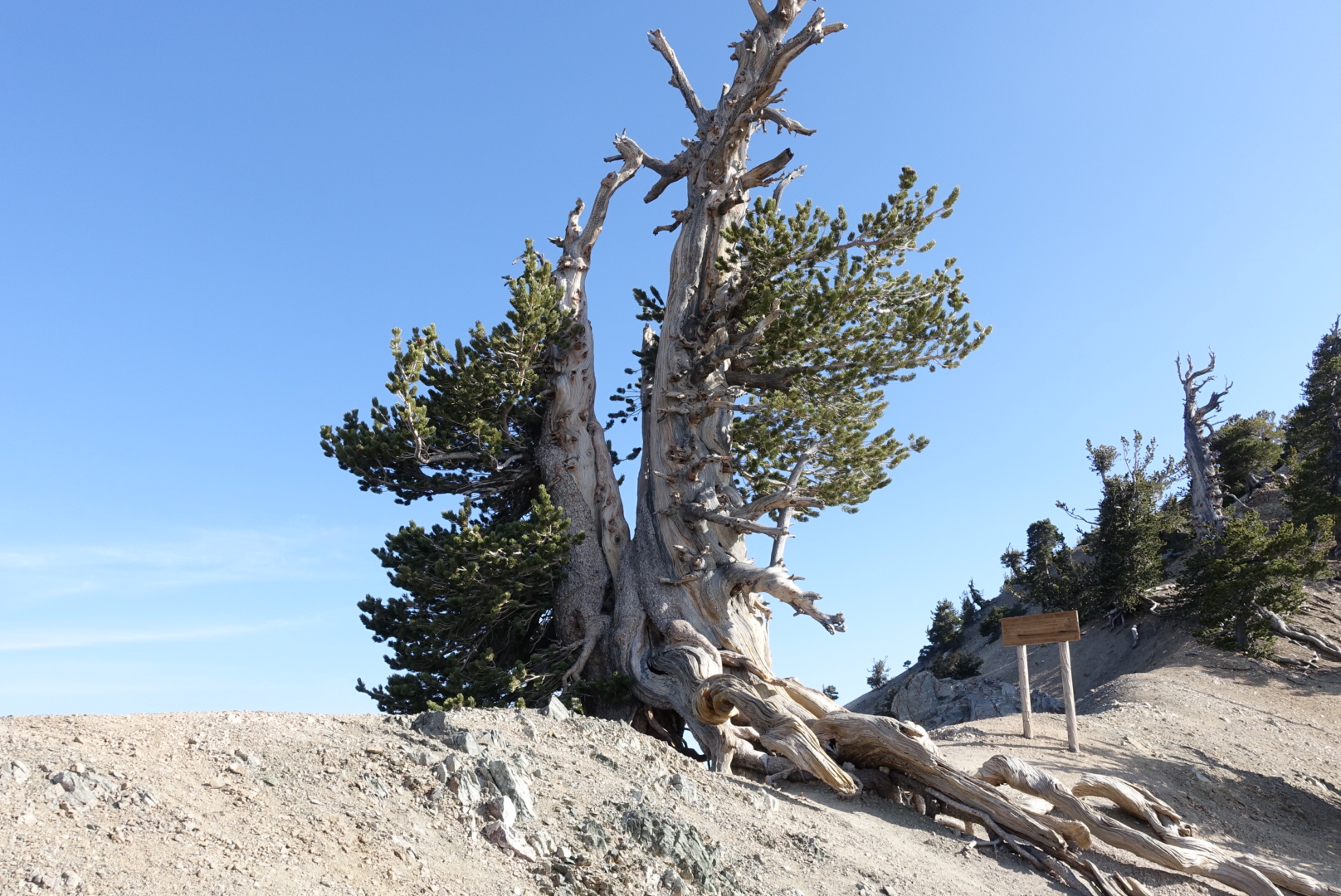
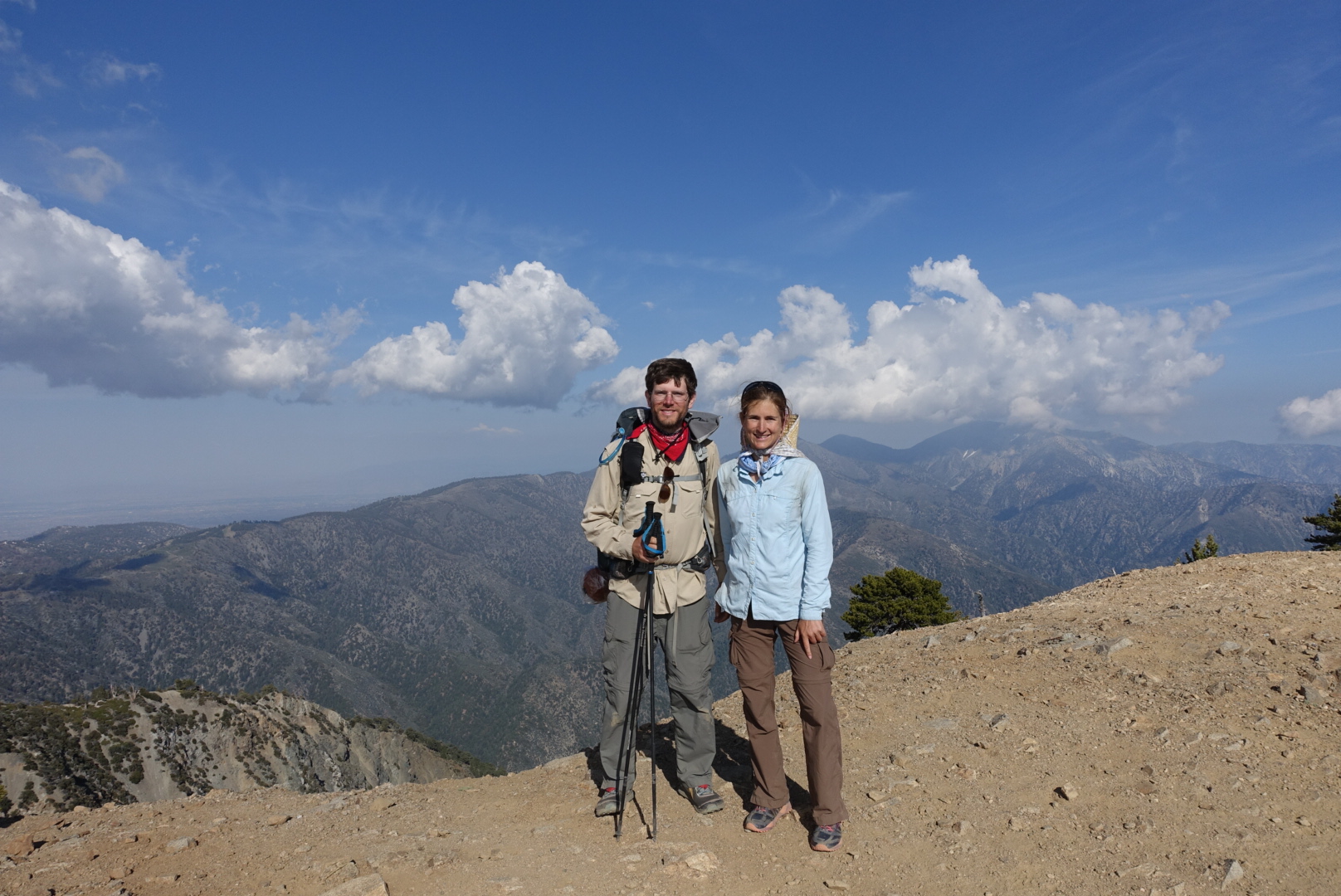

The summit was full of PCT hikers, and we met and spent some time chatting with Grub, Orange, and Perch. Perch shared his tasty homemade nutrition bars with us. They had coffee in them, which made them right up Elizabeth’s alley. He was kind enough to write down the recipe for me.
Later, we took a quick look at the Mt. Baden-Powell monument, and headed on our way.
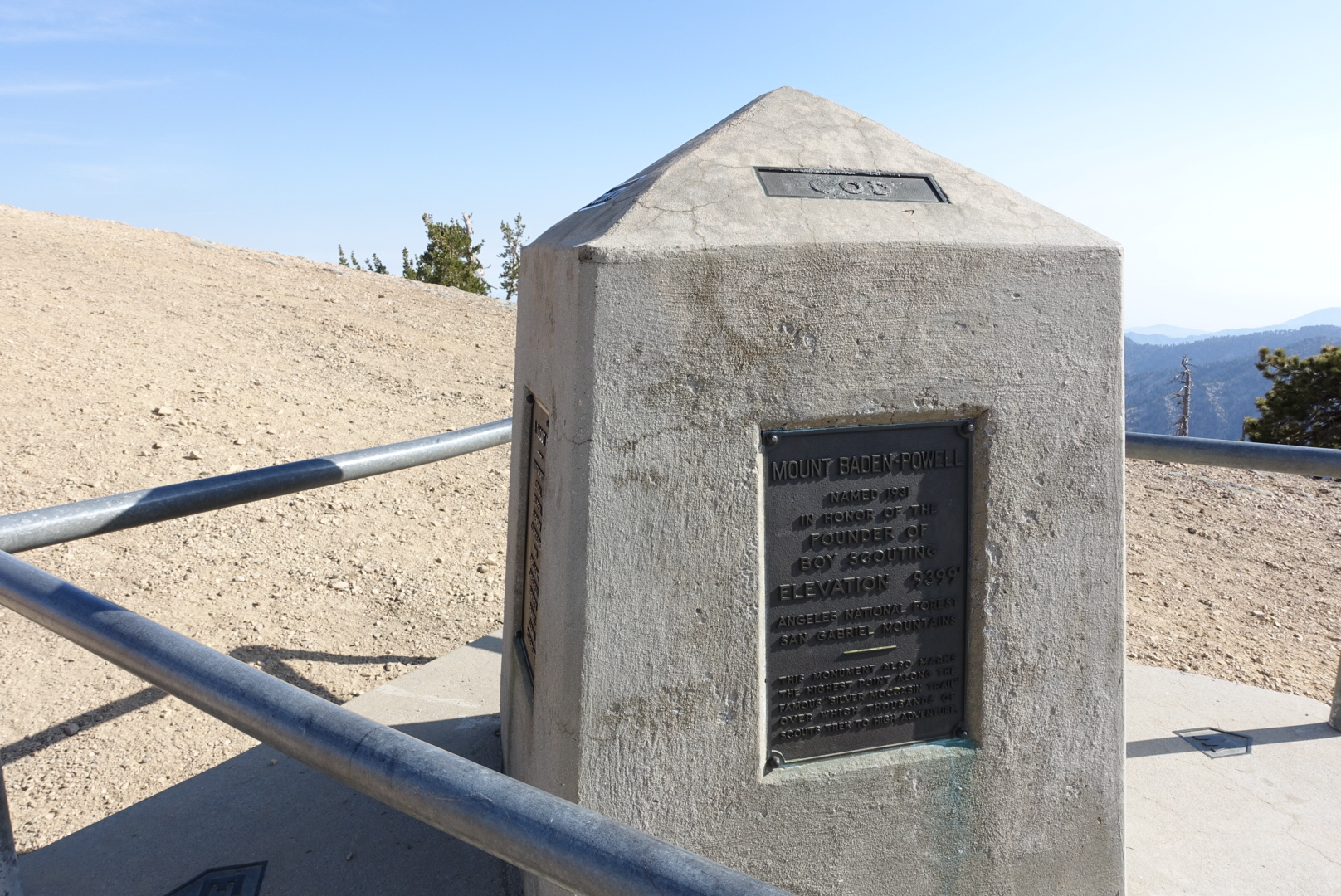
We wanted to get to a water source that night, and that meant going to Little Jimmy Campground, a large campground that’s a 2 mile hike from the nearest parking lot.
As we approached, it got noisier and noisier. We entered the campground, and saw large tents as far into the woods as we could see. There were people with axes. There were children. We realized it was Memorial Day weekend.
But, heading further and further back in the campground, the tents got smaller, and the crowd got quieter. We ended up camping with none other than Poppy and Luke, the same people as last night.
We had a nice long campfire, and went to bed.
